S TORY











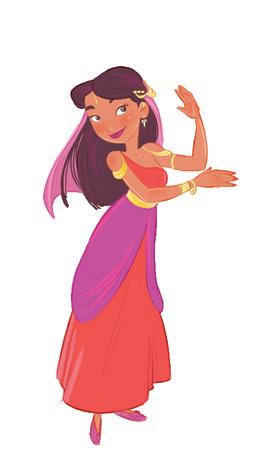
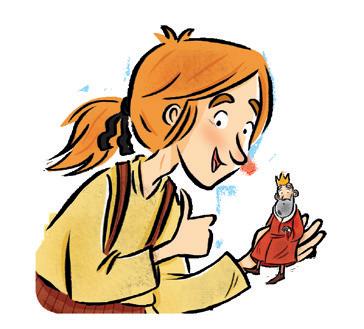
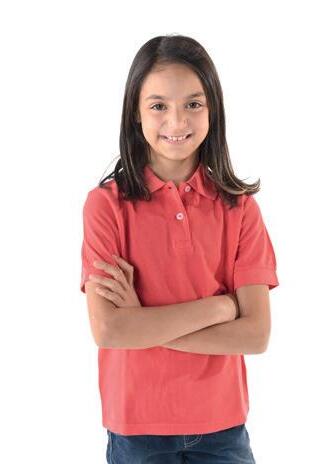
1 Listen and complete.
ready books 2 4 6
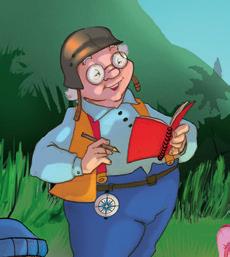
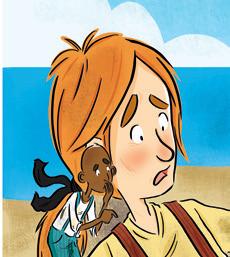


Are you for a new year of ?
2 Match the pictures and the titles of the books. Listen and check.
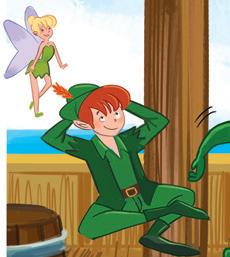
A DAY WITH TUTANKHAMUN TREASURE ISLAND
AROUND
THE WORLD IN 80 DAYS

Do you know these stories?
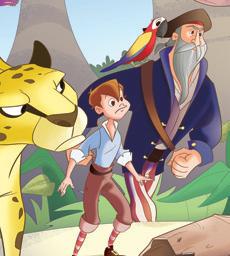

3 Draw or stick a photo of yourself in the space and complete the map. You can write or draw.

4 Tell a friend.
Now it’s your turn!
Hi, my name’s Claire.
I’m nine. I like my dog. I don’t like fish…
5 Play with your friends.

6 Think about a boy and a girl in your class. Draw and write two riddles.

He’s but he isn’t .
He’s got but he hasn’t got .
He can but he can’t .
He likes but he doesn’t like .
Today he’s wearing but he isn’t wearing .
Who is he?
She’s but she isn’t . She’s got but she hasn’t got . She can but she can’t .
She likes but she doesn’t like . Today she’s wearing but she isn’t wearing .
Who is she?
7 Play the Who’s Wearing…? Game with your friend.
Who’s wearing a yellow T-shirt?
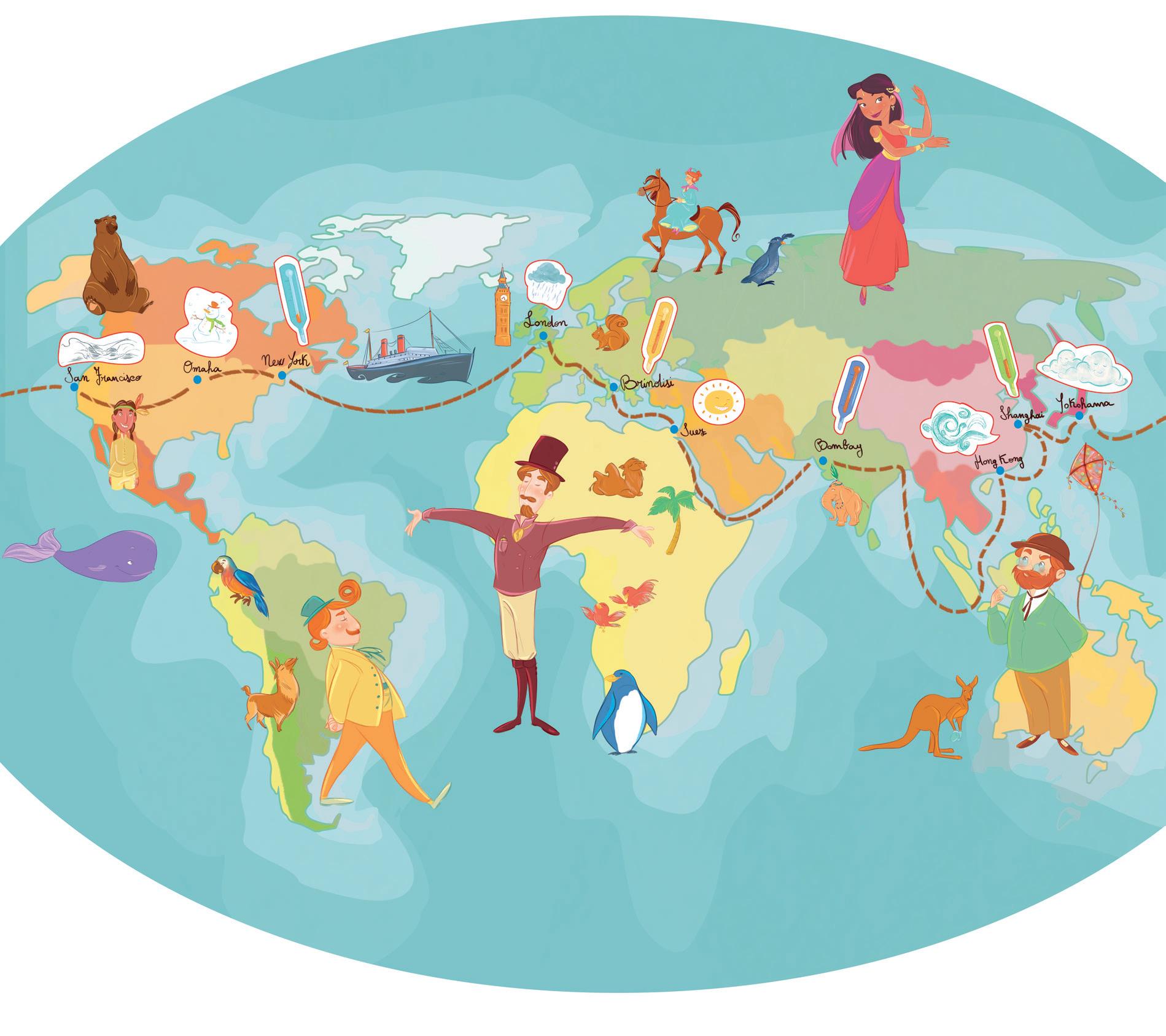
1 Look and tick.



I can see… an elephant a jacket a horse

2 Listen and say.


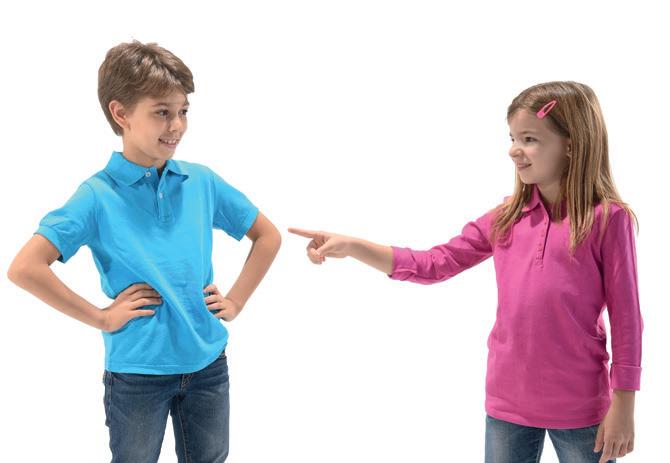
3 Listen and sing.
a bird a bear a
4 5-6
What’s the weather… what’s the weather… what’s the weather like today? Tell me children, what’s the weather… what’s the weather like today?

Is it sunny?

Is it cloudy?

Is it windy or hot today?
Is it snowy?

Is it rainy?

Is it foggy or cold today?
4 Play the game.
What’s the weather like today?


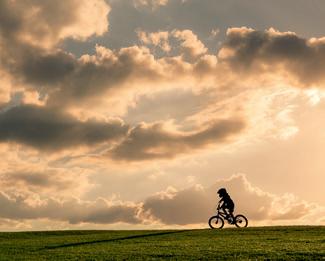


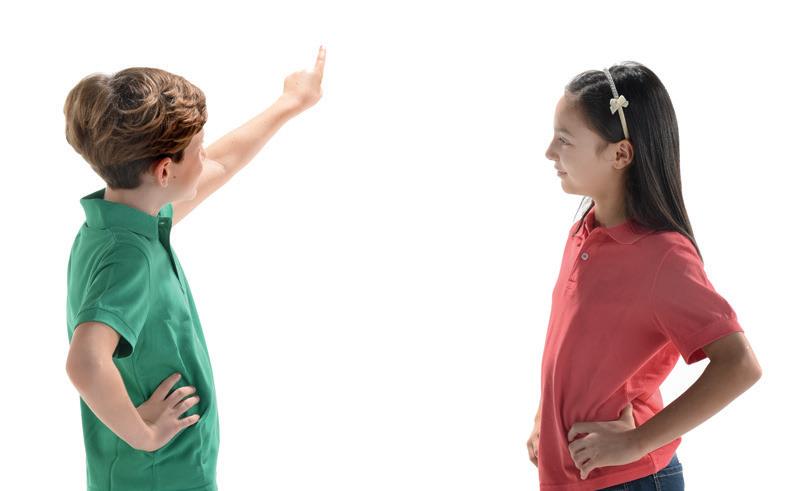

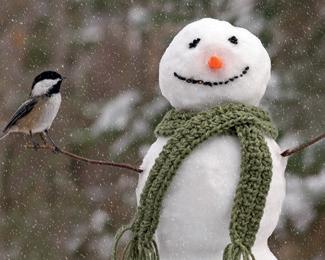
7 Listen and say.
8 Complete.
1 In the weather is usually .
2 In the weather is usually .
3 In the weather is usually .
4 In the weather is usually .
9 Read, think and complete. Listen and check.
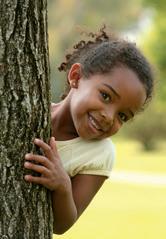
1 School is closed. I can’t go to school but I can go on holiday with my family. My favourite season is .



3 I can ride my bike and play in the park. I can paint Easter eggs, too. My favourite season is .

10
2 I can drink hot chocolate, I can read books on the sofa and I can write Christmas cards. My favourite season is .

4 I can see my school friends every day and I can wear my Halloween costume. My favourite season is .


10 Listen and say.
LIVING GRAMMAR When’s your birthday? It’s in December.
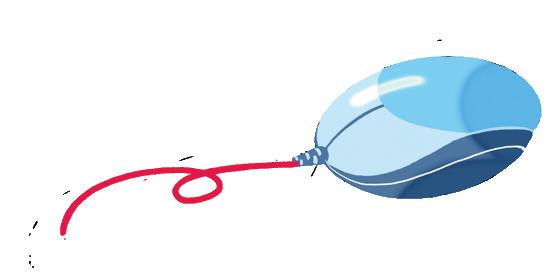
11 Write the months of the year in the correct order. Listen and check.
12 Read and guess. When’s Aouda’s birthday?

Aouda, when’s your birthday?
It’s in autumn, but it isn’t in September and it isn’t in October.
TASK

Work in groups. Surf the Internet and look for the weather in London, New York, Sydney and in two other towns or cities in different continents. Then make a poster with words and pictures.

13 Complete the dialogue. Then listen and act with a friend.

Jane Hello, Ben. It’s Jane.
Ben
Jane Can you come to my birthday party?
Ben Yes, I can.
Jane It’s in December, at my house.
Ben
Jane Nooo!
Ben Why?
Jane Why are you surprised?
Ben Because in December.
Jane Hot? Ben... in December
Ben Jane! In December it’s hot and sunny.
Jane Mmm… are you Ben Carter?
Ben No! I’m Ben Robinson
Jane Australia? Oh, dear…
14 Listen and say. Can you repeat it three times? In M a r ch meerkats m t the marke t .
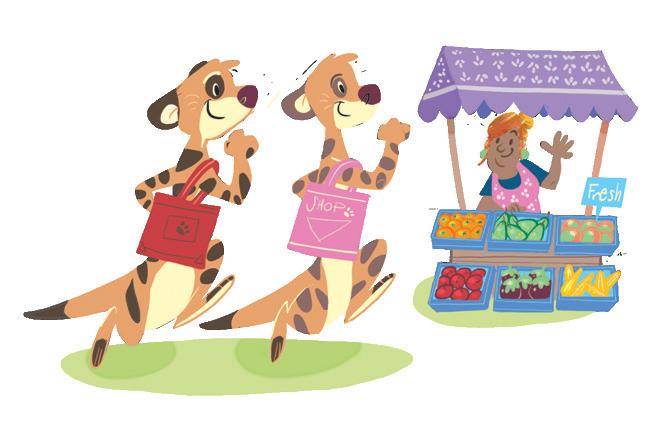

• When’s your birthday?
• it’s very hot
• from Sydney, Australia
• it’s cold and snowy
15 Listen and circle.
1 chick kick
2 chain cane
3 cheese keys
4 chat cat
16 Listen to the story.
It’s a nice day, today!
Yes, it’s cold but it’s sunny.
You can’t judge a book by its cover.
And it’s windy, too! Look at the trees, Mr Fix.
Mr Fogg! There’s a letter for you!

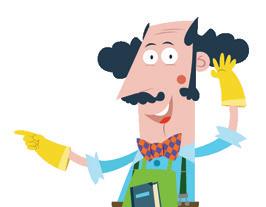
Thank you, Passepartout.
Is it a letter from England?
Yes, it is. It’s from Aouda. She’s in England. The weather is bad.
Bad?
Yes, it’s rainy. Look at the photo!
What cake?
Look! The cake with candles on the table. Aouda is beautiful and that cake is very nice.


19 Listen to the weather forecast and complete.
Scotland
England

Wales
Northern
Ireland
MONTH and and and and
20 Do a class survey. Interview your friends and complete the chart.
When’s your birthday?

Is it in June? Is it in August?
It’s in summer.
No, it isn’t.
Yes, it is!
21 Read and complete the map.
Hi, my name’s Colin. I’m nine. I love autumn! My birthday is in September and I like birthday parties.
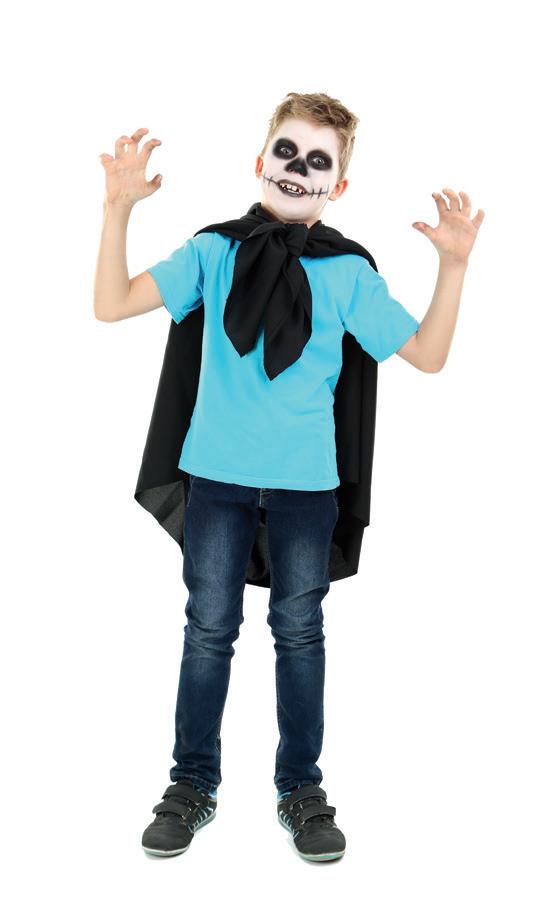
I like monsters and at the end of October I can wear my Halloween costume. I like warm colours and in autumn the colours of nature are red, yellow, orange and brown. I like foggy days and in November it’s usually foggy and cold.
I don’t like rainy days, but there are lots of rainy days in autumn!
I can’t ride my bike, but I can read books. Oh… and I love winter, too. I love Christmas time and in December I can write my present list!!!
he ’ s
he can
he can ’t
favourite months
weather
he likes
he doesn’t like
22 Write about the boy. Start with His name’s… Then make your own map.


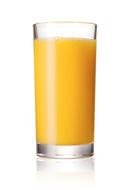
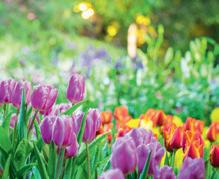
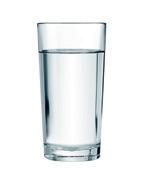
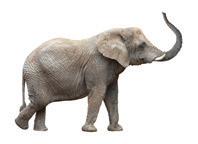




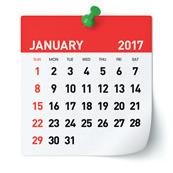


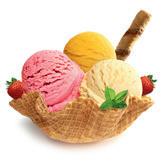


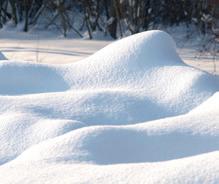


3 Listen and do the experiment.
• a transparent container full of water
• a table tennis ball
• a glass
Put

the glass upside down
4 Think and complete. Listen and check.
5 Listen and do the experiment.

Put the ball in the container full of water. Mark the water line on the glass.
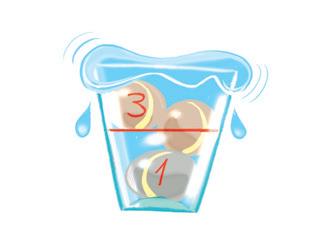
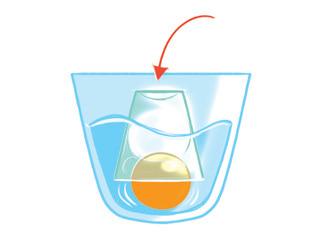


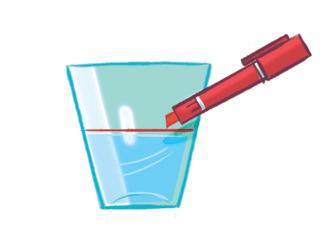
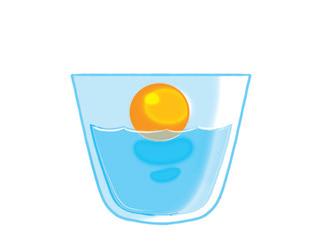
6 Think and complete. Listen and check.
You need You need
Push down.
Air is matter because… it is transparent. it occupies a space. the glass is magic.
• a glass full of water
• stones
• a marker pen
3
Water is matter because… stones are heavy. water doesn’t like stones. now the stones occupy the space of water.

1 Listen and complete. 24
bus big
car friends house father morning school
elephant birthday yellow sister
I live in India. My village is on a river, so every I wait for the boat with my . We cross the river by boat and we go to .
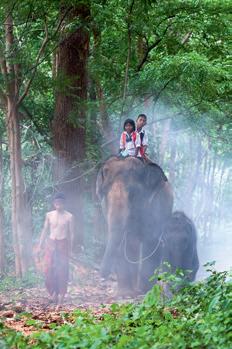

I live in Thailand. I usually go to school by bus, but today is my and I’m going to school by !!!
(My is in front of me!)
I live in a city in Japan. Every morning my goes to work by and he takes me to school.

I live in Texas. Every day I go to school by . I wait for the big school bus in front of my . On the bus I meet all my school friends.

I live in Vietnam. Every morning I meet my friends and we go to school by bike / motorbike.

We live in London. Every morning we meet in front of my house and we go to school by car / on foot.

I live in Dublin. Every morning I go to school by scooter / bike. I usually go alone, because the school is very near.
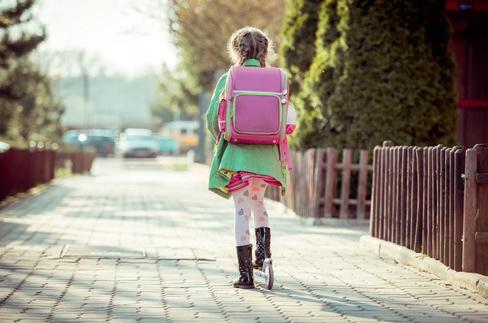
I live in Canada. In winter it’s very cold and my brother takes me to school on a sleigh / by snowmobile.

How do you go to school in the morning?


6 History
1 Look and tick.
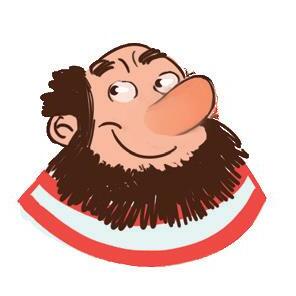
I can see… a girl a boy a dog
2 Listen and say.
a shirt a ball a book
3 Listen and sing.
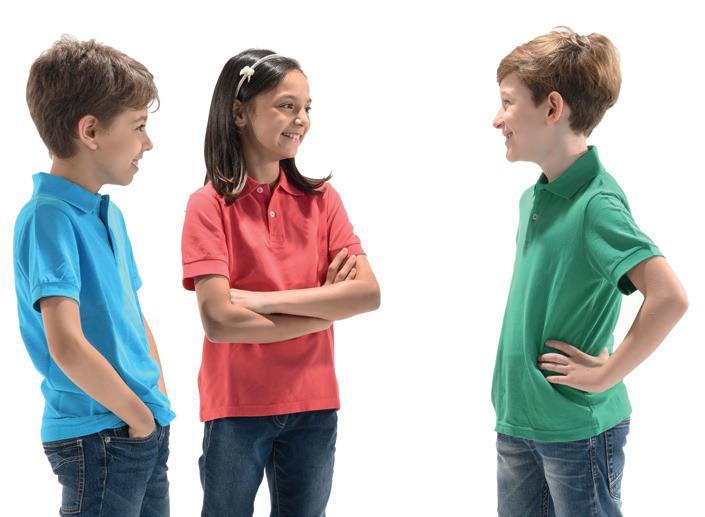

26 27-28
I like Science and PE, Music, History and ICT. Geography and Maths can be great fun but English is number one!
4 Play the game.
I like Geography.
I like Geography and Art. I like Geography, Art and PE.
5 Listen and say.
What time is it? It’s two o’clock.


6 Look and complete. Listen and check.
WHAT TIME IS IT?
7 Listen and play The Time Game.

What time is it?
Let’s go. We have Maths at half past nine.
It’s half past nine.
A It’s .
B It’s five one.
C It’s ten .
D It’s a quarter three.
E It’s twenty .
F It’s twenty-five .
G It’s half past .
H It’s twenty-five .
twelve o’clock past six to eight
I It’s twenty .
J It’s a quarter .
K It’s ten .
L It’s five .

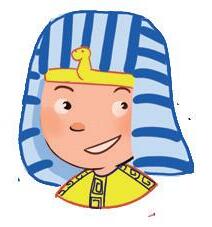

12 Listen and say.
excellent at good at not very good at
13 Look and complete.

is PE. She is Maths. She is ICT. She is History.
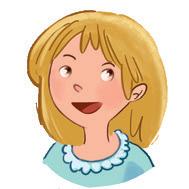
14 Listen and check.
TASK

is History.
Work in pairs. Choose a country in the world and find out what kids study at primary school. Make a chart and report the information to your friends.


15 Complete the dialogue. Then listen and act with a friend.

Alec Hi Debbie, it’s Alec.
Debbie Hi, Alec.
Alec I’m angry! I can’t find the school timetable.
Debbie Oh, .
Alec When is Science?
Debbie at ten past eight.
Alec Oh no! It’s terrible!
Debbie Terrible? But !
Alec Yes, but I can’t find my project.
Debbie What project?
Alec I can’t find my worm collection.
Debbie Oh Alec, !
• It’s on Tuesday
• worms are disgusting
• Your worms are in the fridge!
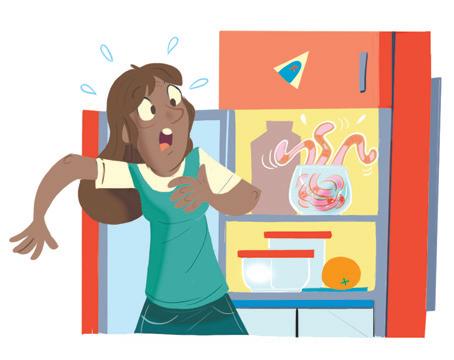
• you’re excellent at Science
• I’ve got it
• How are you?
Alec They aren’t in the bathroom… They aren’t in my bedroom…
Mum ALEC! Come here immediately!
Debbie Ha ha ha ha! Oh Alec!
16 Listen and say. Can you repeat it three times?
She i s a seashell scientist.
17 Listen and say.
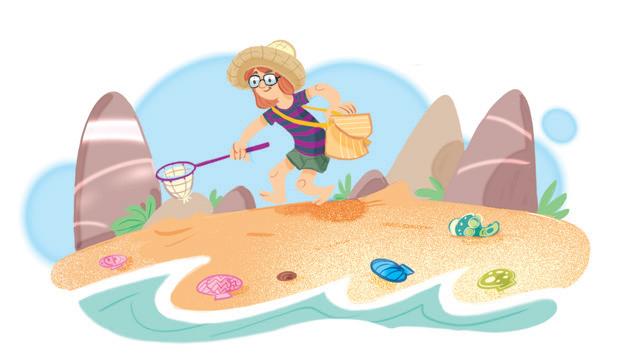

18 Listen to the story.
He who laughs last, laughs loudest.
English is difficult!
I’m good at English.
I’m very good at English. Listen: pirate private property. Pirate private… English is at eleven

Look! Ah! I can swim.
I can fly!
I’m very good at PE. I can do judo!
I can’t count.
I’m not very good at
I’m excellent at Maths. Listen: one, two, three…
OK! OK! Let’s learn how to read a clock.
Peter, what time is it? You’re
I
know.
19 Act out the story.
20 Answer.
1 What day is it?
2 Is Peter good at English?
3 Is Captain Hook very good at PE?

4 Is the crocodile good at Maths?
5 Can Peter Pan read the clock?
6 What time is it?

41 21 Listen to Gary and complete his timetable.
Monday
Tuesday
Wednesday
Thursday
Friday
ICT Geography English
Art
Science
22 Think about a scientist or a sport champion. Imagine and complete his/her school report card. Tell your friend about it.


Name:
He/She is at English. Science. ICT. Art. Maths. Music. Geography. History. PE.
His name’s Usain Bolt. He is an athlete. He is excellent at...

READING
23 Read and complete the map.
Hi, my name’s Brenda.
My favourite day is Wednesday.
On Wednesday I have ICT, Art and at half past two I have History!
I’m very good at ICT.
I’m good at Art, but I’m excellent at History. Oh yes, my favourite subject is History and I like ancient Egypt very much. I like pyramids and hieroglyphics. My hero is Tutankhamun. My grandfather is a History teacher and on Sunday we usually surf the Internet and read about great explorers and archaeologists.
PS: I’m not very good at Music. I can’t sing!
favourite day
she likes
hero Brenda
excellent at good at
very good at not very good at
on Sunday with
favourite subject surf the and
24 Write about the girl. Start with Her name’s…
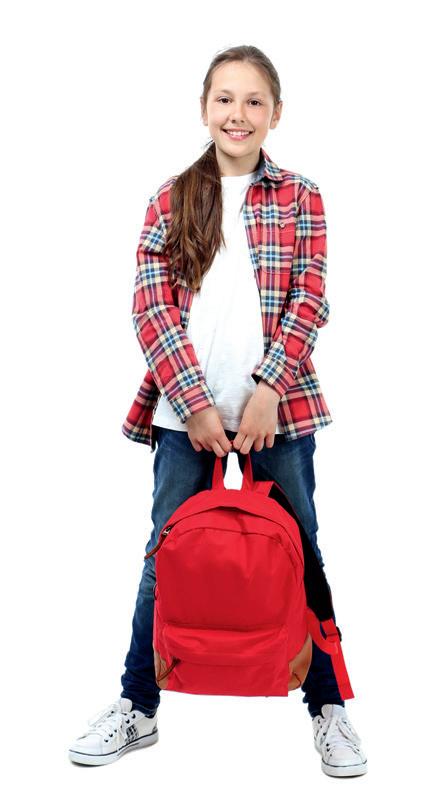
1 Read and write. Listen and check.
Next Sunday let’s visit a museum!
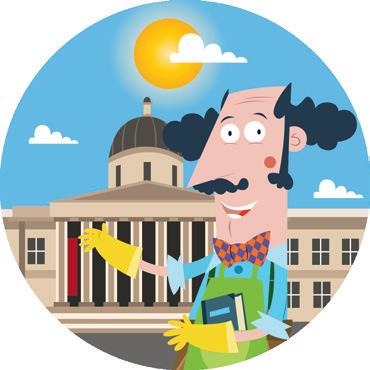
A line is a point that moves in a space. There are different kinds of lines: wavy, curved, zigzag and straight lines, horizontal, diagonal and vertical lines, thin, thick and broken lines.
2 Look at the picture and find the different kinds of lines. Check with your friends.
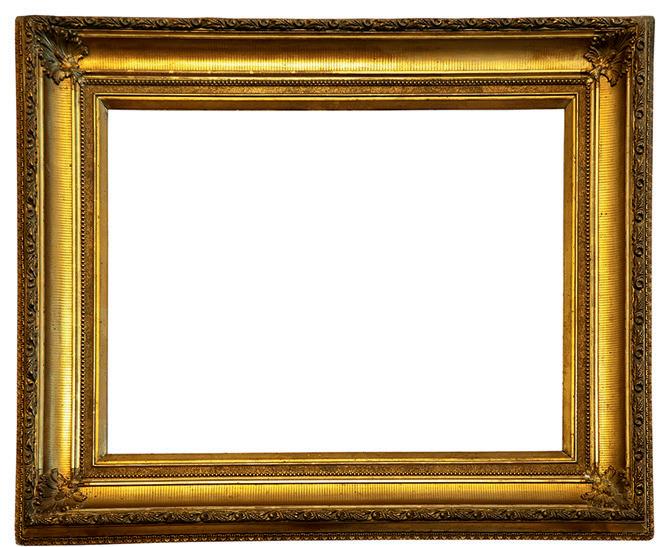

3 Look at the two pictures and describe the one you prefer.

It’s a painting by . I like it because of .
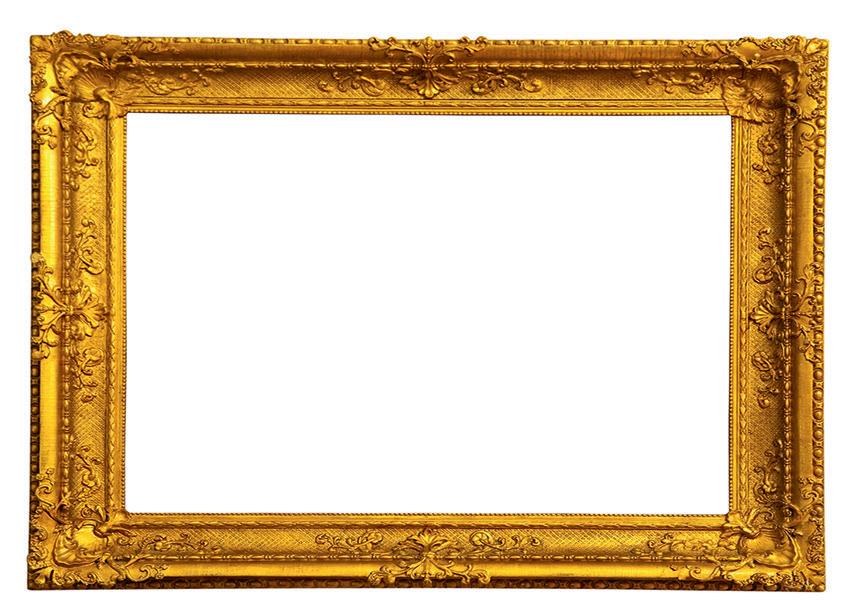
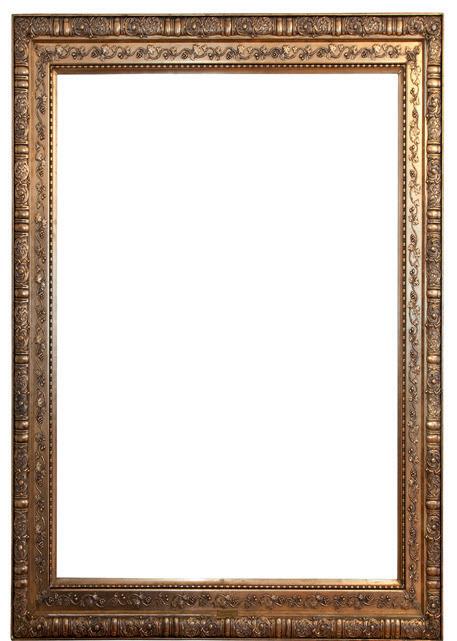
I can see lines. The cold colours are .
The warm colours are .
The complementary colours are .
My title for it is .

Kensington Gardens are one of the Royal Parks of London. The park is the setting of the book and it’s full of .
Here you find the Peter Pan bronze statue. It’s one hundred years !

On the statue you can see squirrels, , mice and fairies.
If you point your at the statue, you can see Peter alive. If you point your smartphone at the plaque, you receive a call from Peter Pan!
In Kensington Gardens you can find an Indian camp. Princess Tiger Lily lives in one of the teepees.
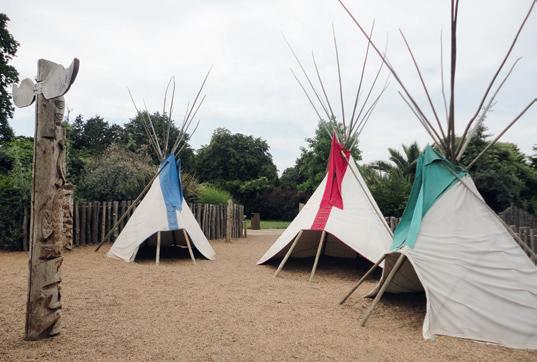
In the centre of the playground there is a big pirate ship. It is Captain Hook’s ship!
 1 Listen and complete.
2 Listen and read.
can old smartphone Peter Pan rabbits magic
1 Listen and complete.
2 Listen and read.
can old smartphone Peter Pan rabbits magic
The Elfin Oak is a sculpture made from the trunk of an oak tree.
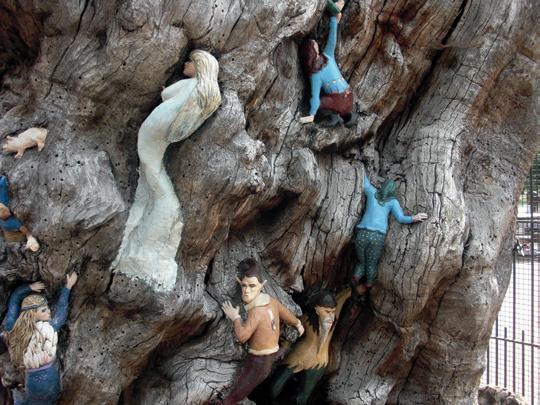

Look carefully and you can see a fairy, elves and a pig.
In Kensington Gardens there are often fun events.
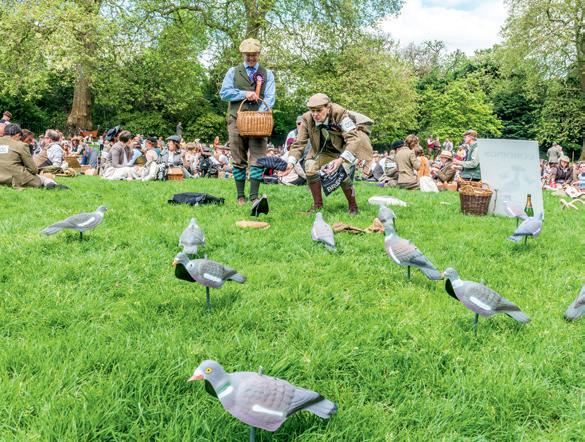
Sometimes you can see people in old clothes playing ancient games, like a tug-of-war competition or a hat-throwing competition.

It’s a competition.
It’s a competition.
1 Read and tick.
1 I prefer working… alone. in pairs. in groups.

4 When I don’t understand, … I ask. I don’t ask.
2 When I work in pairs, I prefer… to be the leader. not to be the leader.
5 I prefer… oral work. written work.


3 A leader in a group is... necessary. not necessary.
6 During oral work I speak… only to the teacher. to all my school friends.
9 At home, I usually do my homework… in the kitchen. in my bedroom. in the afternoon. in the evening. in the morning before school.
Draw your ideal place to study.
7 During written work I need… silence. to be alone.


8 To understand and remember I need… to read the lesson again and again. to read the lesson alone. to see many pictures. to speak about it with a friend or with my parents. to write notes or keywords. to draw maps.

Teamwork is great!


3 get dressed
1 Look and find. How many beetles can you see?
2 Listen and say.
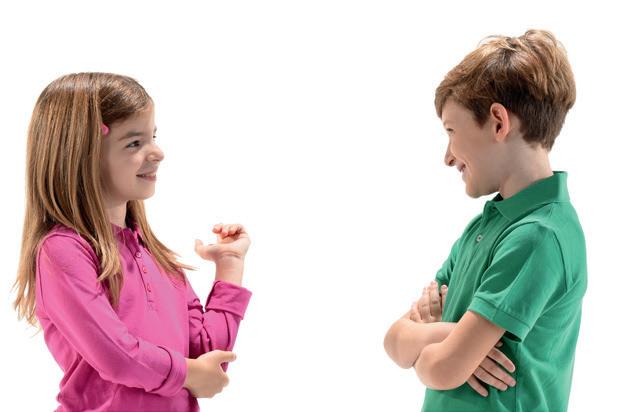
3 Listen and sing.
46 47-48
Good morning, good morning. It’s half past six, good morning.
Good morning, good morning. It’s time to get up!
6 have lunch

I have a shower, I get dressed, I have breakfast, then I go to school!
Good afternoon, good afternoon. It’s midday, good afternoon. Good afternoon, good afternoon. It’s time for lunch.

I go home, I do sport, I have dinner, then I go to bed. Good night!


4 Play the game.
I get up, then I have a shower.
I have a shower, then I get dressed.
5 Listen and say.
LIVING GRAMMAR What time does he get up? At half past six.
6 Listen and play The Guessing Game.




Is it a boy or a girl?
What time does she get up? She’s Nefertari.
50
A girl! At seven o’clock. Yes, right!
Tutankhamun
Nefertari
7 Listen and say.
in the morning in the afternoon at midday in the evening at night at midnight

8 Think and answer.
1 Can you have dinner in the morning?
2 Can you go to school at night?
3 Can you have a shower in the afternoon?
9 Read and write the opposite about Leda.


1 Her name is Leda.
2 She gets up in the morning.
3 She has lunch at midday.
4 She does sport in the afternoon.
5 She has dinner in the evening.
6 She goes to bed at midnight.
10 Check with a friend.
4 Can you have lunch at midnight?
5 Can you do sport at midday?
6 Can you go to bed in the evening?
Her name is Adel.
11 Listen and say.
often never sometimes always usually
12
Ask your friend about his/her Sunday routine and complete the chart.
Claire, do you have a shower in the morning?

TASK

Work in groups. Find out about the daily routine of the ancient Egyptians. Then draw a chart.
Yes, I always have a shower in the morning.
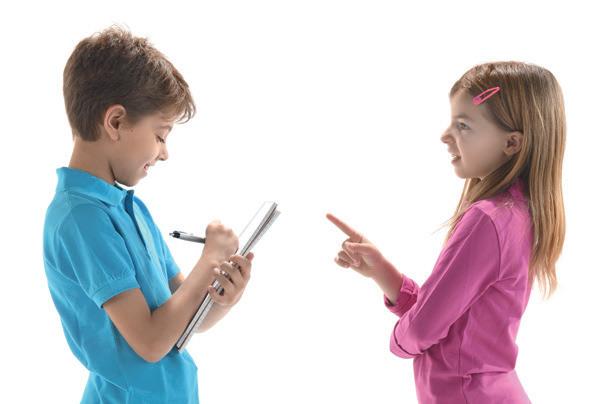
13 Complete the dialogue. Then listen and act with a friend.

Aunt Meryl Hello, Robert. It’s Aunt Meryl. How are you?
Robert I’m in Egypt.
Aunt Meryl Oh, wonderful! What do you usually do?
Robert in the morning.
Aunt Meryl At six o’clock in the morning?
Robert Yes, then to the desert.
Aunt Meryl A camel?
Robert Yes, a camel.
Aunt Meryl Wow! Do you have lunch?
• I usually ride a camel
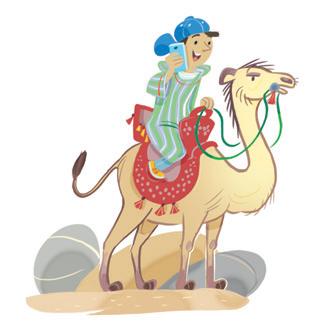
• Because I’m hungry!
• I usually have dinner at five o’clock
• Then I go to bed
• Then I climb a pyramid.
• I usually get up at six o’clock
• Fine, thanks!
Robert Sometimes, but in the afternoon.
Aunt Meryl What do you have for dinner?
Robert Bread and water! , but I can’t sleep.
Aunt Meryl Oh dear… why?
Robert
Aunt Meryl Robert… come back home immediately!
Robert Ha ha ha… Aunt Meryl, it’s a joke. I’m not in Egypt. I’m at home. I’m studying ancient Egypt.
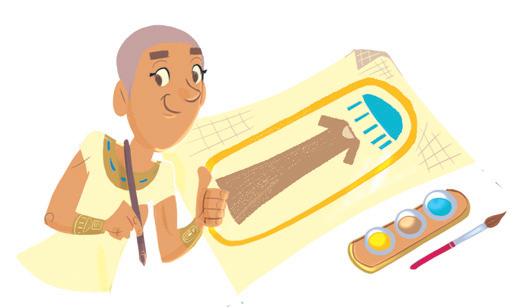
14 Listen and say. Can you repeat it three times?
Bin o t r is draws a bro w n dress .
15 Listen and say.
brush bread dress drink
16 Listen and circle.
17 Listen to the story. You’re an excellent teacher!

We’re in the Egyptian room. Don’t touch the mummies.

Let a sleeping dog lie.
Ancient Egyptians love cats.
True. I’ve got a cat.
Eddy! Don’t touch it!
Thank you, teacher!
Ancient Egyptians get up at 5 o’clock in the morning.
Then they have a shower…
A shower? I can’t have a shower!
No! I usually get up when the museum closes.
… and then they go to school!
Yes, right. I like reading and writing hieroglyphs on papyrus!
HELP! 18 Act out the story.
19 Answer the questions.
1 Where are the mummies?
2 Do Egyptians love cats?
3 When do the mummies get up?
4 Can mummies have a shower?
5 Do mummies like school?
6 Who is angry?
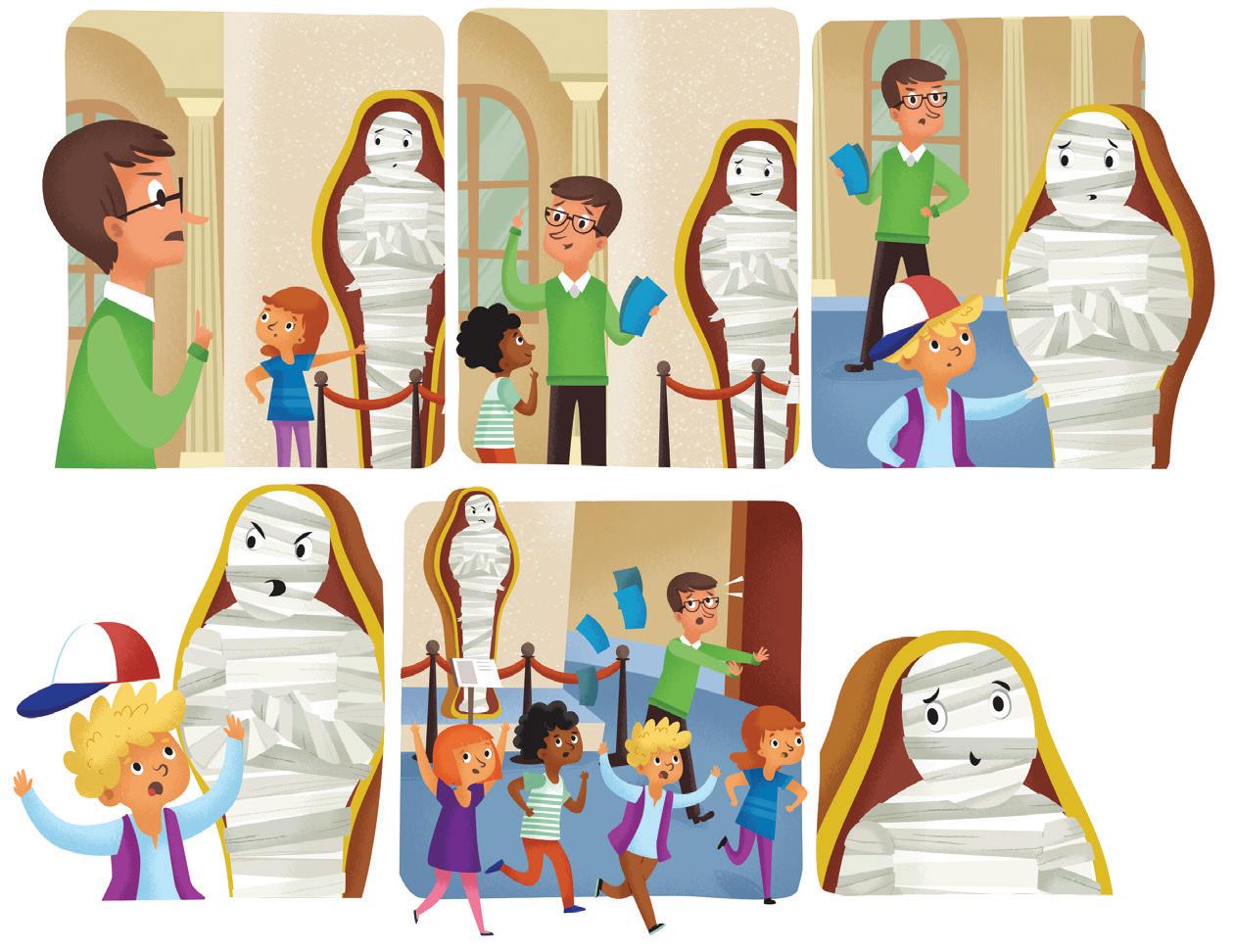
20 Listen and tick.
get up at 6 o’clock at 7 o’clock
have a shower in the morning in the evening
have breakfast at 7:15 at 7:30
go to school at 7:50 at 8:10
have lunch at 12:30 at midday
go home at 3 o’clock at 3:30
do sport at 4 o’clock at 4:30
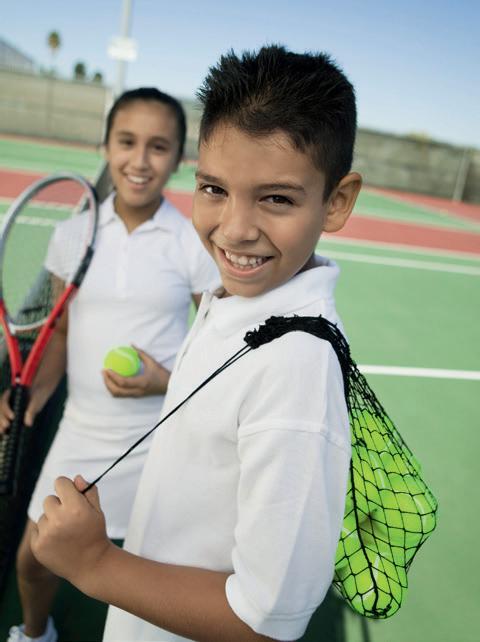
have dinner in the evening in the afternoon
go to bed at 10:15 at 10:30
SPEAKING
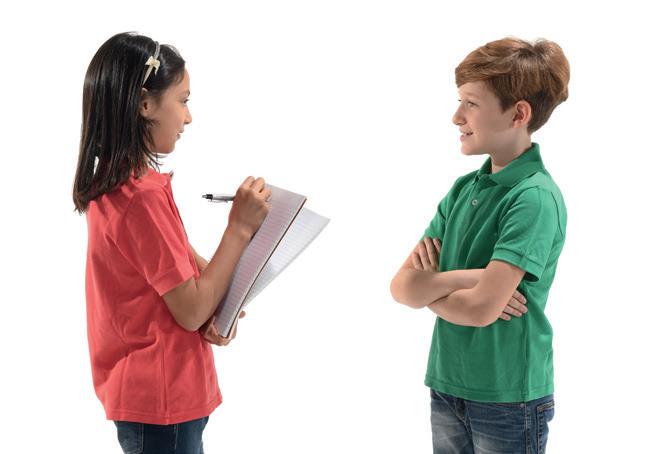
21 Ask your friend and complete the chart. What time do you usually get up?
get up go to school
have breakfast go home 58
have lunch go to bed
At seven o’clock.
22 Read and complete the chart.
Hello, my name is Sened.
I usually get up at eight o’clock in the evening.
At half past eight I often have a big mouse for breakfast.
I never have a shower and I never get dressed, but I always go to the park at nine o’clock in the evening.
I like climbing on the trees.
I usually have fish for a midnight snack.
At five o’clock in the morning I do sport with my friends.
At six o’clock I have dinner. I drink milk. I like it. It’s yummy!
At seven o’clock in the morning I’m very tired and I always go to bed in my small sarcophagus. SENED’S

23 Write about Sened’s daily routine. Then make your own chart.


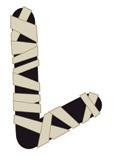


1 Listen and write.
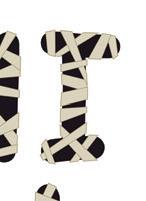
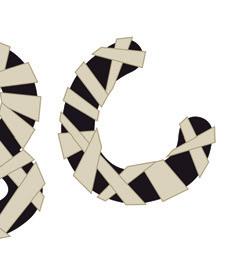
Here are the instructions for how to make a mummy.
Wash the body in Nile water. Take out the organs.


Wash the liver, lungs, intestines and stomach. Put them in canopic jars.
Canopic jars are special containers for the organs.
Put the heart back in the body. The heart is the centre of intelligence and of the soul.
Each canopic jar has a lid with the head of a god.




Hapi is the god with a baboon head.
It represents the north. This jar contains the lungs.
Duamutef is the god with a jackal head.
It represents the east. This jar contains the stomach.
Imsety is the god with a human head.
It represents the south. This jar contains the liver.
Qebehsenuef is the god with a falcon head.
It represents the west. This jar contains the intestines.
Now fill the body with spices and plants. Wrap the body in linen bandages. Put lucky amulets under the bandages and say spells to activate their magical powers.

Egyptian history is fantastic!
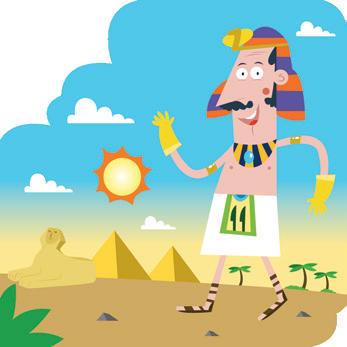
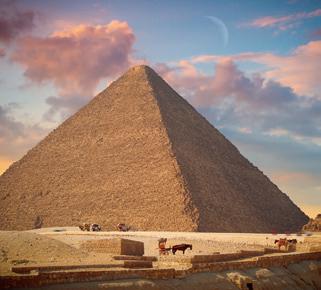

Cover the body with a special salt called natron. After forty days the body is completely dry.
Now put the mummy in a coffin. Then put the coffin in another coffin, and that coffin in another coffin. Then put it in a secret room inside a pyramid.

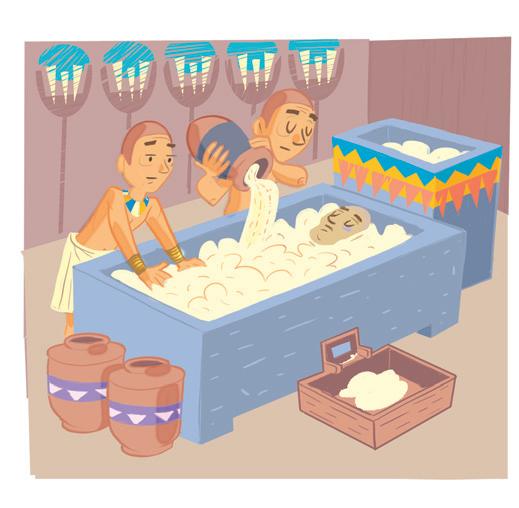

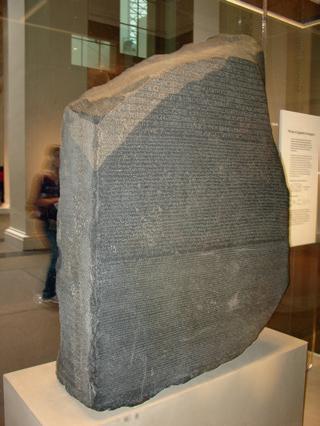
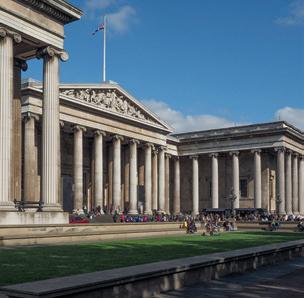
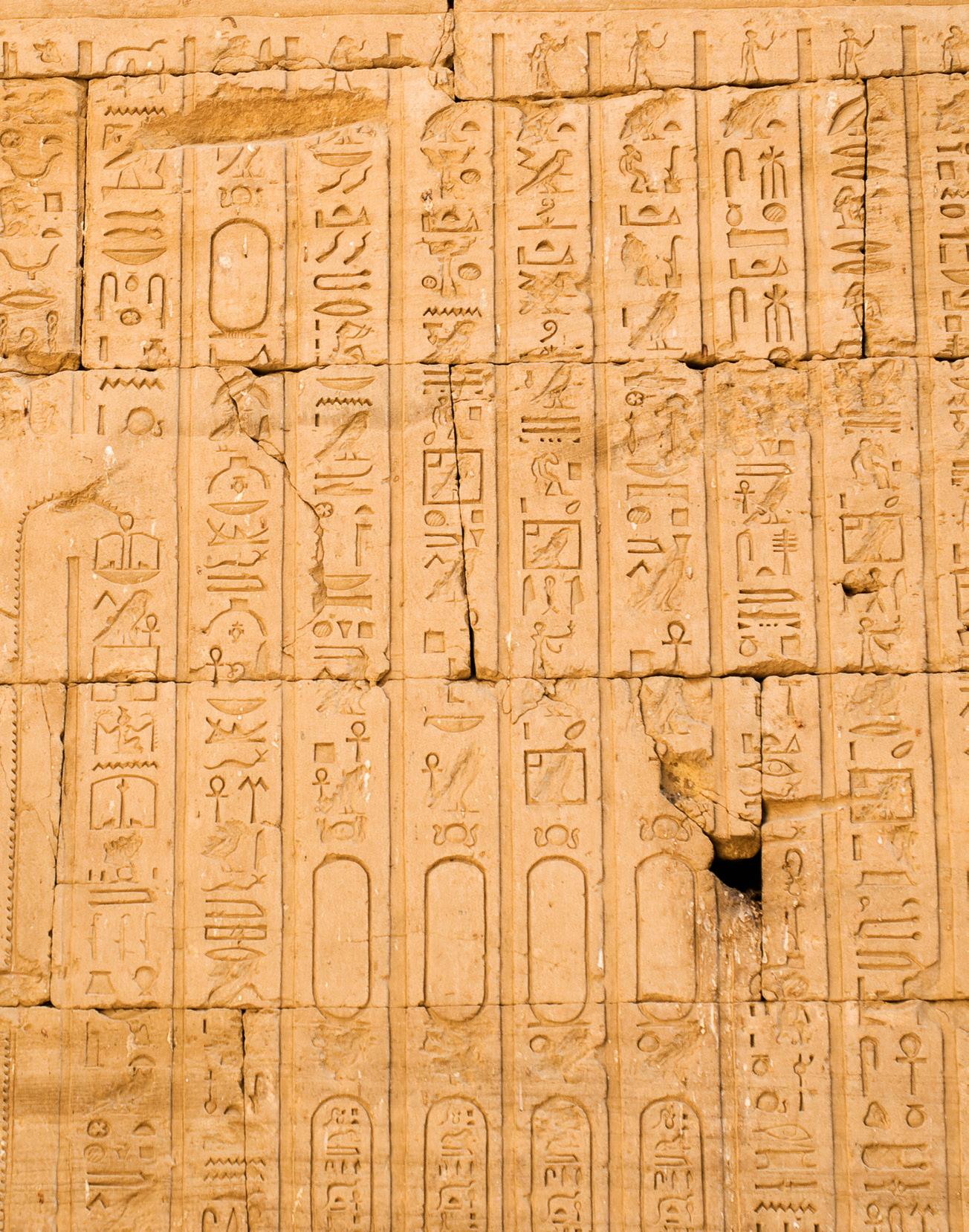
1 Listen and complete.
The famous gold funeral mask of Tutankhamun is at the Egyptian Museum in Cairo. But at London’s British Museum there is the biggest collection of ancient Egyptian objects outside Egypt. You can see the enormous statue of Ramses the Great that weighs 7 tons (that’s the same as 12 African elephants!), the famous Rosetta Stone with ancient hieroglyphics, and a large collection of mummies and sarcophagi.

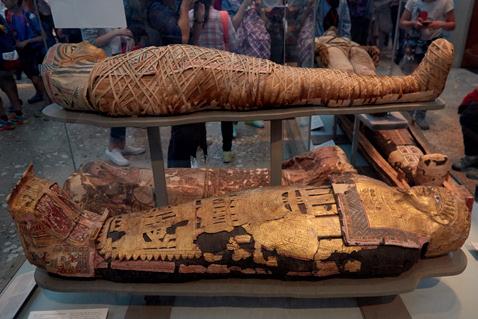


Walking through you can find many Egyptian antiquities. Along the River Thames there is the famous called Cleopatra’s Needle. The granite stone is 21 metres high and it is between two .
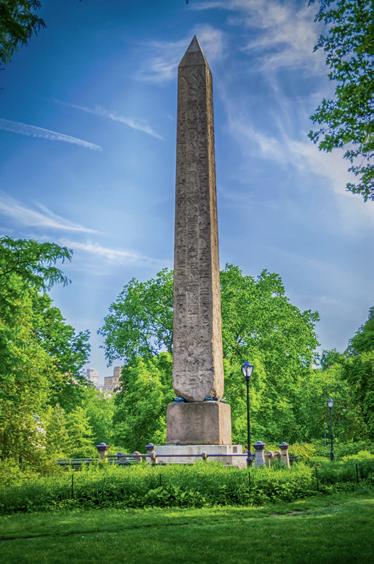

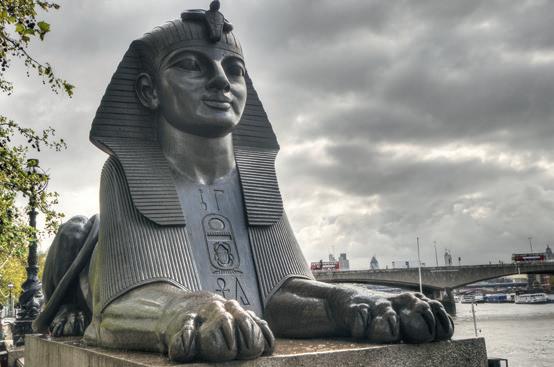

The obelisk has got a twin, another Cleopatra’s Needle. You can see it in Central Park, .
Londoners think that a mummy comes alive every night in the old tube station of the British Museum!


6 fringe
5 straight hair
1 Look and tick.
I can see… a sheep an ice cream a pencil

2 Listen and say.
a book a scooter a bird

2
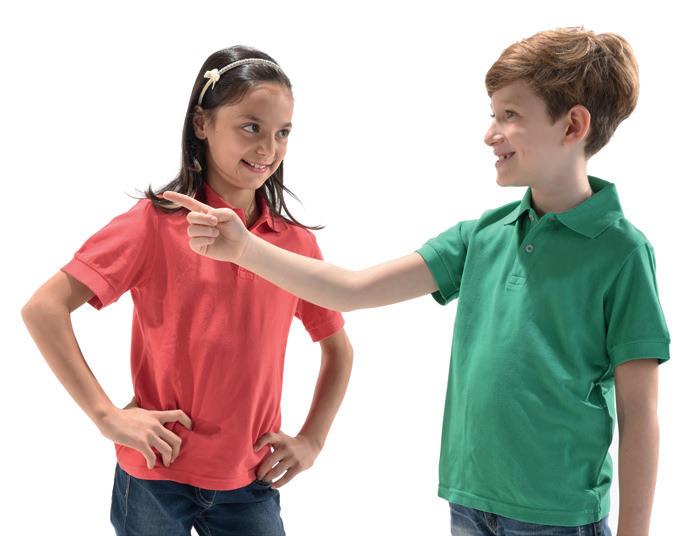
10 glasses
3-4
Na, na, na, I’m so special. I’m so special. Look at me.
She’s got a fringe. She’s got freckles. Curly brown hair. She’s so rare!
4 Play the game.
3 Listen and sing. He’s got a beard. Number 7.
He’s got glasses. He’s got a beard. Spiky black hair. He’s so rare!
5 Listen and say.

Is it a male or a female? Has he got curly hair? He’s number 2!
5 6
LIVING GRAMMAR Has he got glasses? Yes, he has. / No, he hasn’t. 2 6


3 7
4 8
Yes, he has.
A male. Right!
7 Listen and say.
young plump short old slim tall
8 Match. Listen and check.
1 He’s young. He’s tall and slim. He’s got glasses and spiky blond hair.
2 She isn’t young. She’s tall and plump. She’s got wavy black hair. She hasn’t got a ponytail.
3 He’s short and slim. He’s young. He’s got curly red hair. He’s got a beard. He’s got freckles. He hasn’t got glasses.

4 She isn’t tall. She’s young and slim. She’s got brown hair and a ponytail and she’s got glasses.
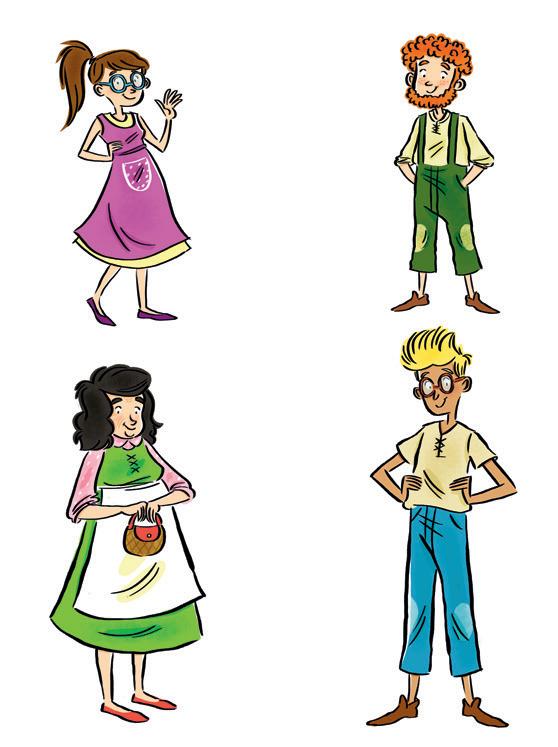

9 Answer.
1 Who’s tall?
2 Who’s short?
3 Who’s plump?
4 Who’s got brown hair?
5 Who’s got a beard?
6 Who’s got glasses?
10 Listen and say.
What’s he like? He is plump. / He has got a beard.
11 Read and match. Listen and check.
1 – Can you see my little brother?


– What’s he like?
2 – I’ve got a new scooter.
– What’s it like?
3 – Jane is beautiful.
– What’s she like?
4 – My sister has got a rabbit.
– What’s it like?
5 – Mr Dennis is my teacher.

– What’s he like?
A – It’s plump. It’s got long ears and big feet.
B – It’s yellow and purple.
C – He’s short and thin. He’s got red hair.
D – He’s got a long beard and he’s got glasses. He’s bald.
E – She’s got short black hair and green eyes.
She’s got blue hair.
Number 4.
Do a class project. Cut out pictures of famous people from magazines and newspapers. Make a poster. Then play the Who’s Who? Game.

12 Complete the dialogue. Then listen and act with a friend.
Liam Hello, Joanne, it’s Liam. Have you got a new PE teacher?
Joanne Hi, Liam. Yes, ! Her name’s Tamika.
Liam Oh, what’s she like?
Joanne
Liam Has she got black hair?
Joanne Yes, .
Liam Has she got curly hair?
Joanne Yes, but .
Liam Has she got a fringe?
Joanne
Liam Is she Tamika Catchings?
Joanne Yes, she is. Why?
Liam Tamika Catchings is a famous basketball champion. Wow! You’re lucky!
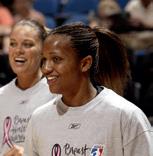
Joanne Oh, no!
13 Listen and say. Can you repeat it three times?
• I can’t play basketball at all!
• No, she hasn’t.
• she’s an excellent teacher
• she’s got long black hair and dark eyes
• she’s often got a ponytail
• She’s tall and slim.
The g re en queen screa m s for ice crea m .

14 Listen and say.
straight fringe freckles tree free crown
15 Listen and tick when you hear a word with the sound R.


16 Listen to the story.
It’s as plain as the nose on your face.
Oh, no… my royal ship! Help, Gulliver, help!
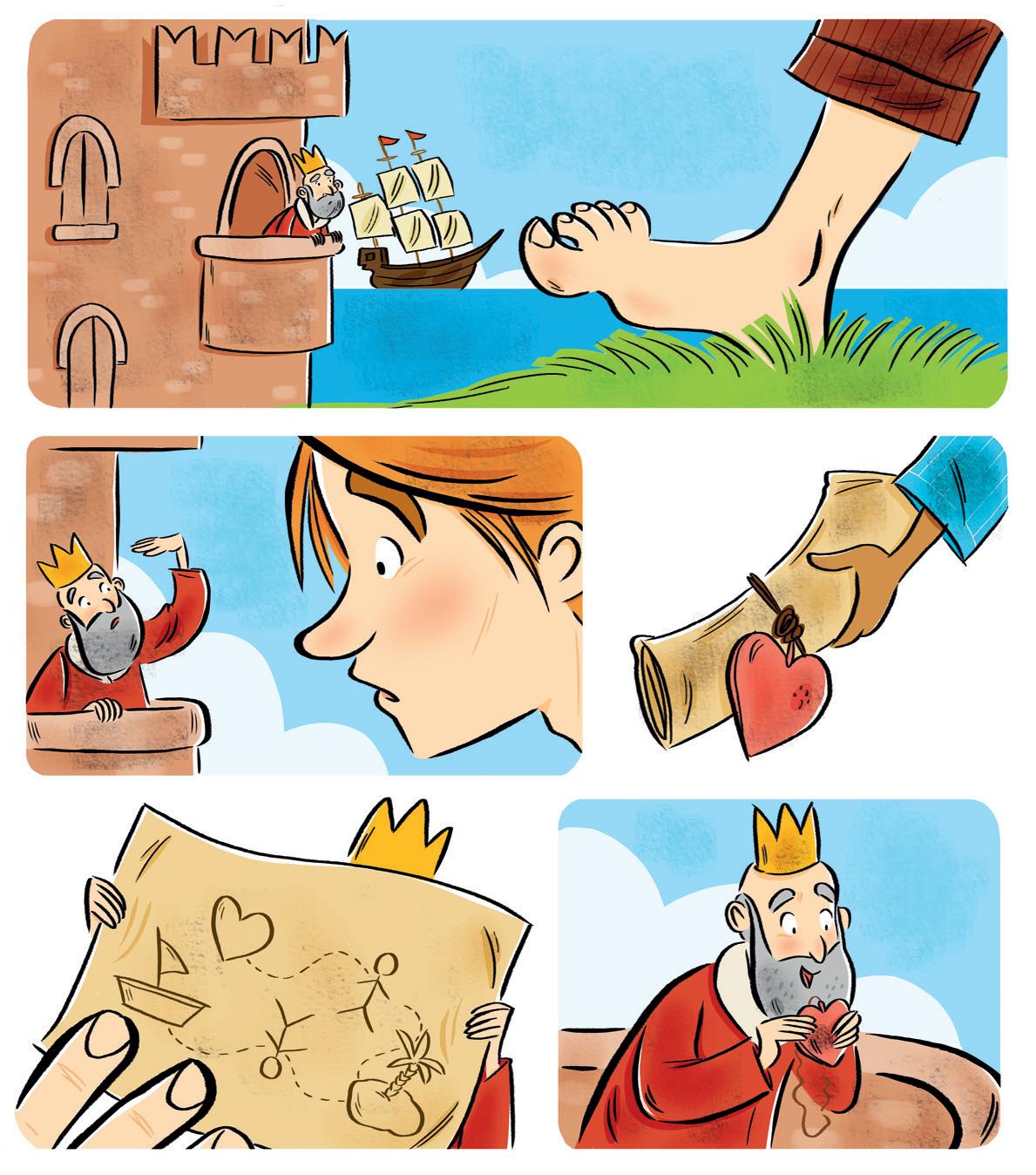
Who’s the thief? What’s he like?

He isn’t tall, but I can’t see very well…
A heart... Mr Lewis... Blefuscu… Mr Siwel… the royal ship!
Emperor, there’s a message for you!
Mmm… a message?
Gulliver, look at this heart.
Don’t worry, Emperor. I’m coming... I’m coming! Open it!
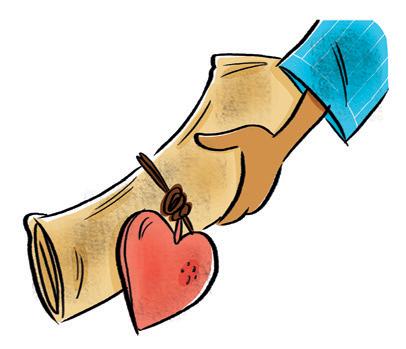


19 Listen and circle. Draw Maggie.
girl 1 boy
old 2 young
tall 3 short
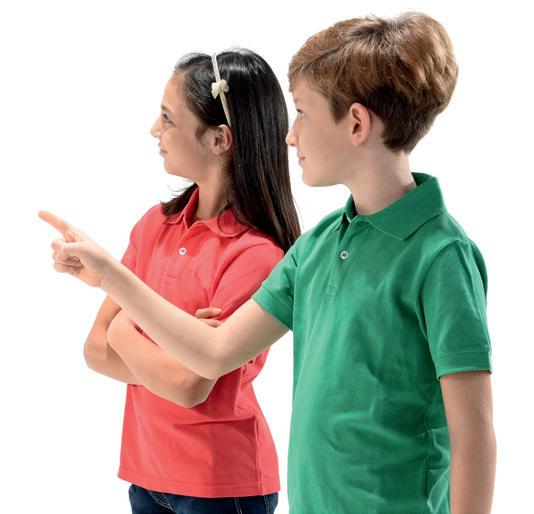
slim 4 plump
blue eyes 5 brown eyes
curly red hair 6 straight brown hair
ponytail 7 fringe
small nice nose 8 small black nose
20 Play The Identikit Game. Describe a school friend.

She’s a girl.
got curly brown hair.
21 Read and tick.
Hello, my name’s Cliff Steward.
I’m 10 years old. I’m not very tall and I’m slim.
I’ve got long red hair.
I’ve got freckles on my nose. Terrible… I don’t like freckles!
I’ve got a fantastic fringe, but my mother doesn’t like it.
I’ve got blue eyes. I haven’t got glasses.
It’s a pity, because I love glasses. But in summer I always wear sunglasses.
1 Cliff is… tall and slim. not very tall and not very slim. not very tall and slim.
3 He… likes freckles. likes his nose. doesn’t like freckles.
5 Cliff has got…
blue eyes and he has got glasses. blue eyes but he hasn’t got glasses. green eyes and he has got glasses.
2 He’s got… curly red hair. long red hair. short red hair.

4 His mother… doesn’t like freckles. doesn’t like his fringe. likes his fringe.

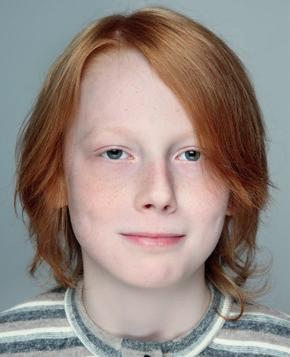
22 Think of a friend and describe him/her.

1 Listen and complete.
three court teams
floor ball orange
17
Basketball is a very popular game all over the world. It’s a fast and exciting game! In a game two play on a rectangular . The only equipment you need is a and two basketball hoops. The hoops are placed at metres from the . Traditionally the ball is made of leather and it’s with black lines.
2 Read and choose. Listen and check.
18
There are six / five players on a basketball team. The aim of the game is to score points by shooting the ball into the opposing team’s basket / bin. Players can touch the ball only with their hands / feet. They can’t walk with the ball in their hands. They must bounce the ball on the floor.

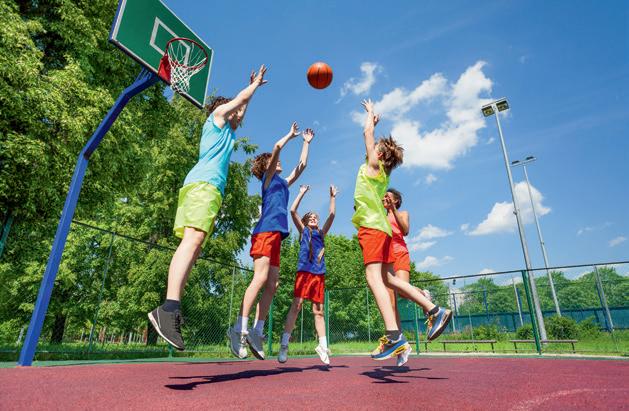

Basketball champions eat healthy food and do lots of exercises to help them run fast and jump high. To jump high you need strong legs. Here is a short exercise programme to learn how to jump high. Try to do each exercise ten times every day for one week:
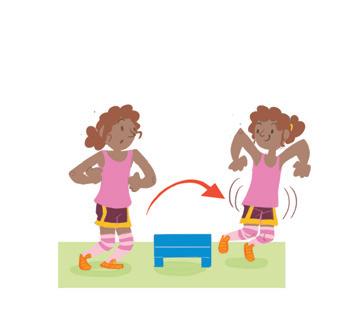




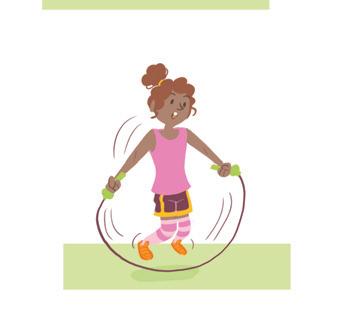


1 front obstacle jumps
2 squats
3 squat jumps
4 lateral obstacle jumps
5 vertical jumps
6 rope jumping
Big Ben is a symbol of and Great Britain. It is a part of the Palace of Westminster on the River Thames. The is 96 metres high and there are 334 to reach the top. Its official name is ‘Elizabeth Tower’.
Big Ben is the name of the giant . It is 2 metres high and weighs about 14 tons. The Big Ben probably comes from the Commissioner of Works, Benjamin Hall, a very tall and man.


On the tower there are four / forty clock dials. At the base of each tower / clock dial there is a Latin inscription. In English it means ‘O Lord, keep safe our Queen Victoria the First’. The hour foot / hand is 2.7 metres long and the minute / second hand is 4.3 metres tall / long. Every year, the minute hand travels for about 190 kilometres.
Surf the Internet and find out the tallest bell tower in your country. Where is it? How tall is it? How old is it?
 1 Listen and complete.
2 Listen and choose.
steps plump tower bell name London
1 Listen and complete.
2 Listen and choose.
steps plump tower bell name London
The Statue of Liberty is the symbol of the USA. It is a gift to the United States from the people of France. The French sculptor is Frederic Bartholdi.
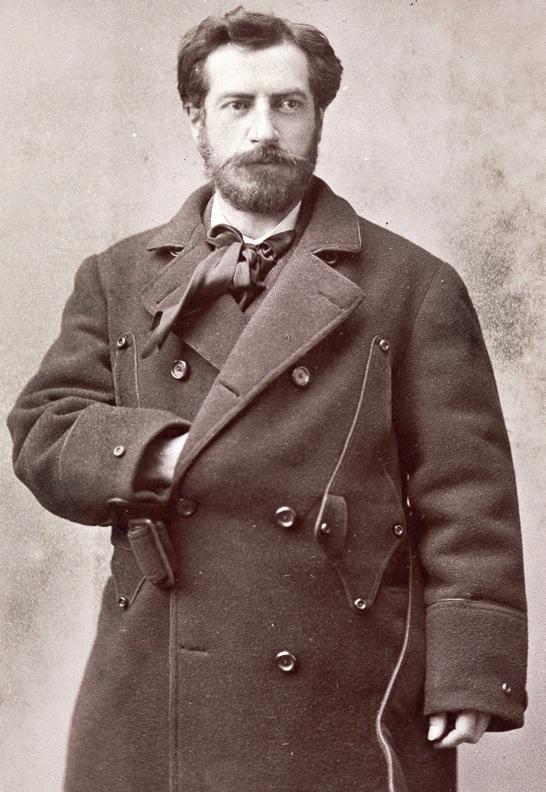
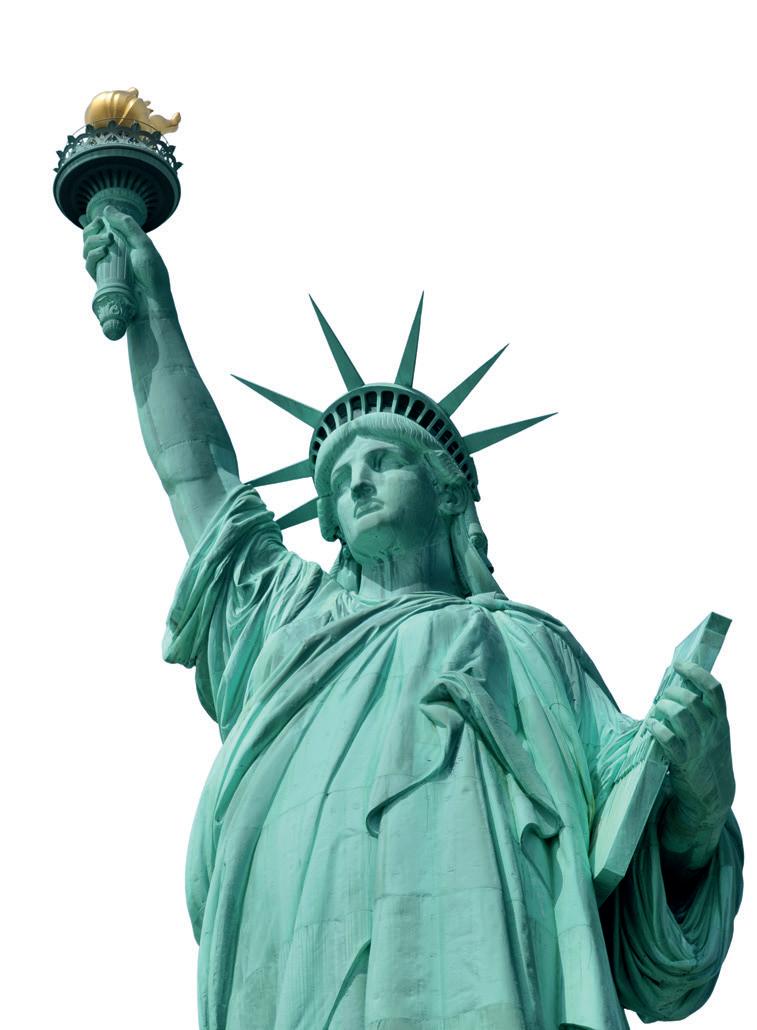
The Statue is on Liberty Island in New York. The torch represents freedom. The statue is holding a tablet in her left hand. The date of the American Declaration of Independence (July 4th, 1776) is on the tablet. The Statue is 46 metres tall and visitors climb 354 steps to reach the crown. There are 25 windows in the crown. The seven rays in the crown represent the seven seas and seven continents of the world.

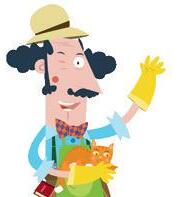
1 Describe and draw your avatar.
Name:
Age:
What’s he/she like?
Body:
Hair:
Eyes:
Distinctive features:

What can he/she do well?
What is he/she excellent at?
He/She likes...
He/She doesn't like...
Subject:
Music:
Sport:
Animals:
Food:

Clothes:
Who are his/her friends?
Has he/she got enemies? Who are they?
Think! Who is your avatar like?
Show your avatar to your friends. Does he/she like it? Why or why hot?

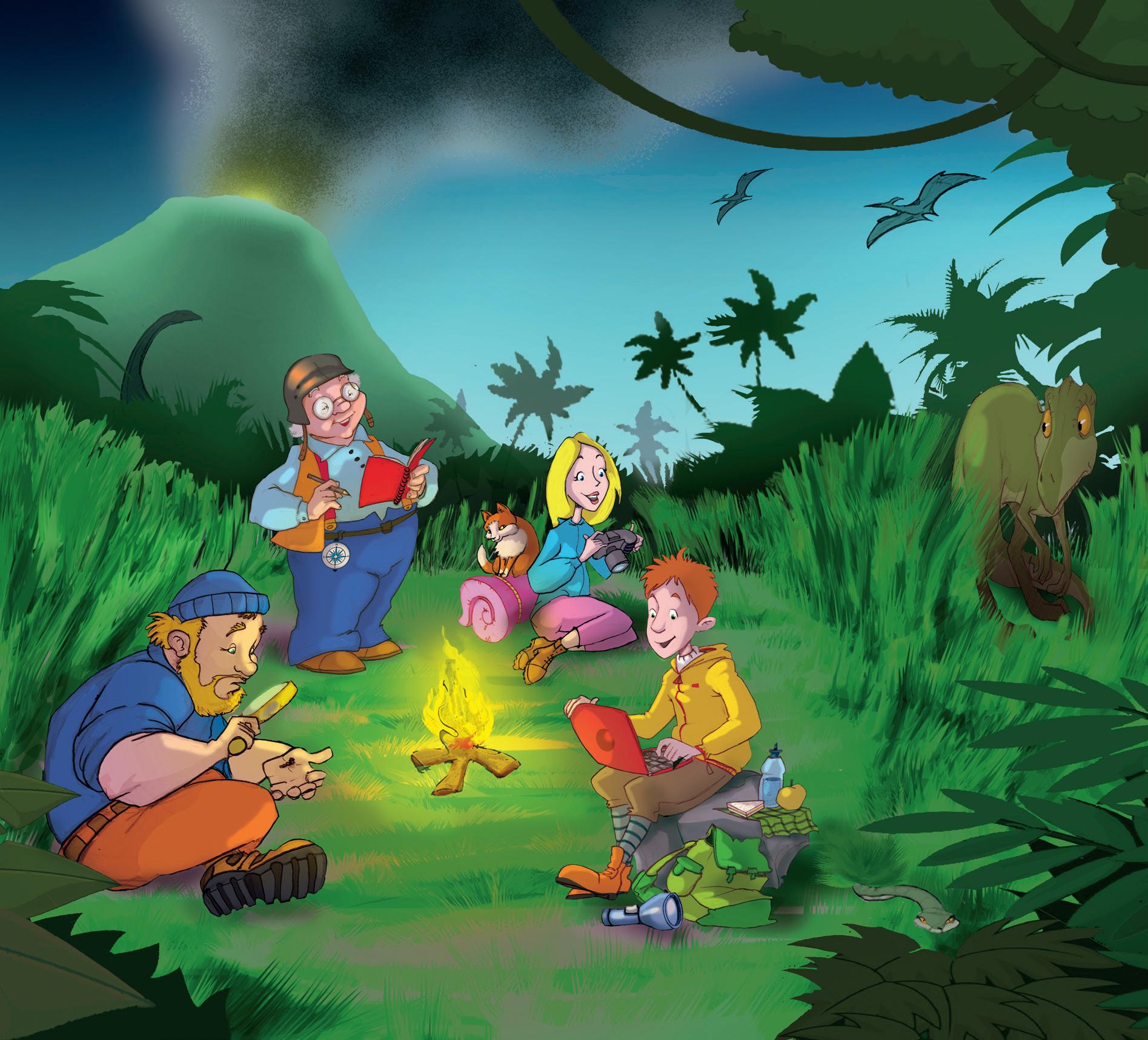
1 Look and tick.
I can see… a bottle of water a dinosaur an apple
2 Listen and say.
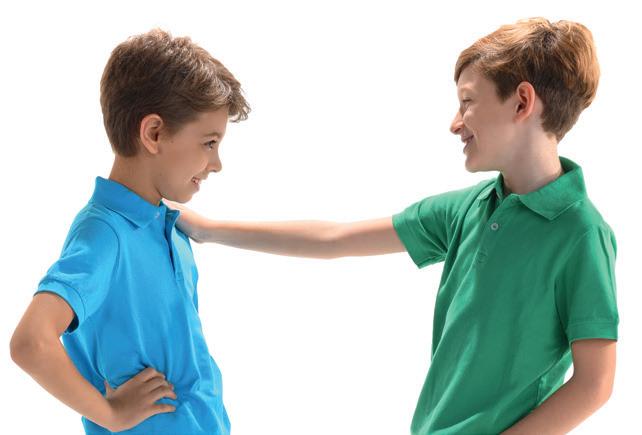
a pencil a snake a sandwich
3 Listen and sing.
Oh, oh, oh!
On a journey we go. Up in the mountains. Down by the lake. On a journey we go.
23 24-25
Oh, oh, oh!
Now we are ready to go. Oh, oh, oh!
Now we are ready to go.
We need a jacket, a helmet and a torch. We need trekking shoes, a camera and a notebook.
4 Play the game.
To start the journey, I need a rucksack. To start the journey, I need a rucksack and a torch.


5 Listen and say.
LIVING GRAMMAR Is it Martha’s rucksack? Yes, it is. / No, it isn’t.

6 Listen and play The Guessing Game.


There’s a helmet. No, it isn’t. Yes, it is.

Is it Axel’s rucksack?
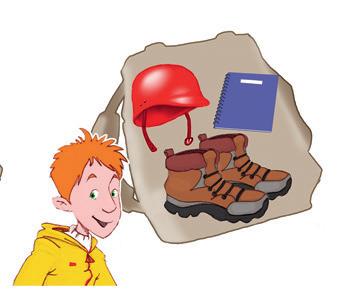
Is it Captain’s rucksack?


Otto’s rucksack
Julie’s rucksack
Axel’s rucksack

On Axel’s map there is a mountain. There isn’t a lake, but there is a waterfall and a river. There isn’t a volcano, but there is a cave.


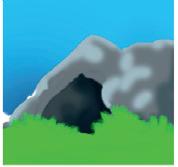

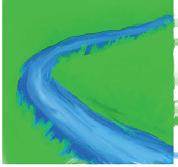

On Julie’s map there is a mountain. There isn’t a river or a waterfall, but there is a lake. There is a volcano, but there isn’t a cave.


10 Look and complete. Listen and check.

Work with a friend. Use a dictionary and pack your rucksack for a 2-day trip to the sea. What do you put in it?

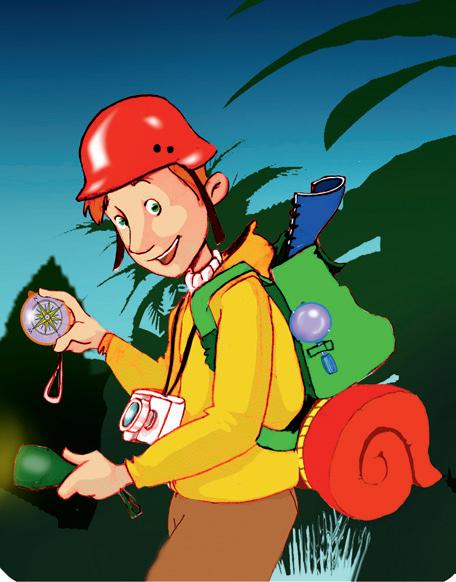
11 Complete the dialogue. Then listen and act with a friend.

Granny Hi, David, it’s me. Where are you?
David Hi, Granny.
Granny Wonderful! Have you got trekking shoes?

David Yes, I have, Granny.
Granny Have you got a sleeping bag?
David
Granny OK. But have you got a torch for the night?
David Yes, I’ve got a torch, Granny.
Granny In the mountains there are lots of beautiful flowers. Have you got a camera?
David Yes, I have.
Granny Ah yes… and in the mountains there are lots of interesting insects.
David I know.
Granny Have you got a magnifying glass?
David
Granny Oh, David!
12 Listen and say.
Can you repeat it three times? A m agnificent gno m e on a sign .

• I’ve got my phone.
• I’ve got my mother’s torch.
• Yes, Granny. I’ve got your magnifying glass.
• I’ve got my sister’s trekking shoes.
• I love insects.
• Yes, I’ve got my father’s sleeping bag.
• I’m on a 2-day school trip in the mountains.
13 Listen and repeat.
sign design gnu gnome magnet magnificent
14 Listen to the story.
Mmm… very interesting.
Uncle

help me! I can’t find Julie.

Don’t cross a bridge before you come to it.
Look! Julie’s sleeping bag is over there!
Where?
On that tree!
Look, Uncle Otto, there are lots of shoe prints. They’re Julie’s shoe prints! Let’s follow them.
Oh no!
Ohhhh, it’s difficult.
She’s in danger!
hold my hand.
Run, Axel! Run!
It’s Julie’s torch.
Now! Immediately!
Listen! It’s Julie’s voice!
I want my trekking shoes and my rucksack, NOW!
Julie! You’re safe!
It’s a velociraptor. It can run very fast. You can’t catch it!
Give me my rucksack!
Yes, but I’m very angry with this dinosaur!
15 Act out the story.
16 True or false?
1 Axel can’t find Julie.

2 Julie’s rucksack is on a tree.
3 Axel sees lots of shoe prints.
4 They are Uncle Otto’s shoe prints.
5 Axel and his uncle cross the river.
6 Uncle Otto sees Julie’s torch.
7 Julie’s in danger.
8 Julie’s angry with a dinosaur.
17 Listen and draw.

18 Check with a friend.
Are there two ducks in the lake?
Is there a house on the mountain?

No, there aren’t.
Yes, there is.
19 Read and tick.
Hi, my name’s Jennifer. I’m packing for a school day out and I need a lot of things. Let’s read my teacher’s list. Rucksack. I haven’t got a rucksack, but I can use my school bag.
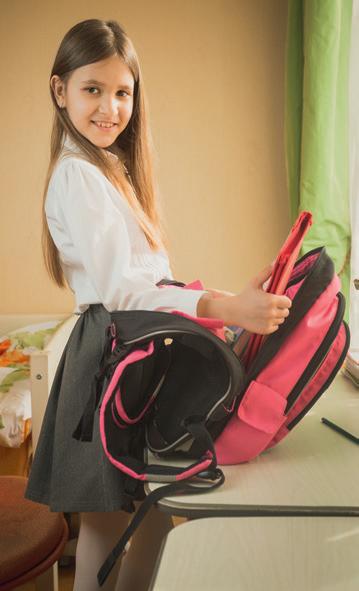
I need a rainproof jacket. Oh, I’ve got three! I need sunglasses. OK, I can use my brother’s sunglasses. I need a notebook. I’ve got lots of new notebooks! I need a bottle of water, fruit and two sandwiches. OK! I need a camera. I haven’t got a camera, but I’ve got very good eyes and a very good memory.
1 Jennifer can use… her rucksack. her school bag. her father’s rucksack.
3 Jennifer has got… sunglasses. her brother’s sunglasses. new sunglasses.
5 Jennifer needs…
food and drinks.
food, but not drinks. drinks, but not food.
2 Jennifer… has got one rainproof jacket. hasn’t got a rainproof jacket. has got three rainproof jackets.
4 Jennifer… has got one notebook. hasn’t got a notebook. has got lots of notebooks.
6 Jennifer… needs a camera. has got a camera. hasn’t got a very good memory.
20 Think and write. You are going on a desert island for one week. You can put 5 things in your rucksack. Use a dictionary and write your list.
1 Read and match. Listen and check.
The name volcano comes from the name of Vulcan, the god of fire in Roman mythology. There are about 1,510 active volcanoes in the world. 80 are under the oceans. A volcano is a hole in the Earth’s surface, usually on a mountain. Lava, ash and gas erupt from the volcano. There are 3 different types of volcanoes:


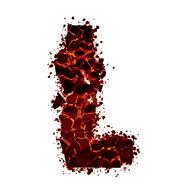
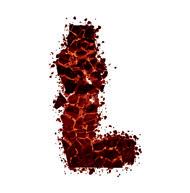

1 active
It doesn’t erupt any more.
Wow! There are 10 active volcanoes in Italy!
2 dormant It doesn’t usually erupt, but it can suddenly wake up.
3 extinct It can often erupt.

2 Match. Listen and check.
main vent
3
Make an erupting volcano. Match, then listen and check.


Mix half a glass of vinegar and red food colouring.
Pour 3 tablespoons of baking soda into the bottle. Place a small plastic bottle in the centre.

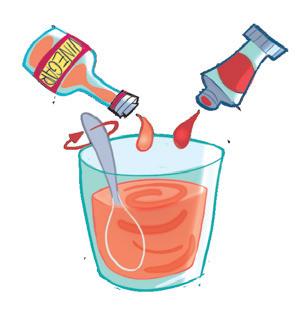
Pour the mixture into the bottle and… WOW!

You can see lava coming out of the crater of your volcano!
Cover the plastic bottle with play dough to make the cone of the volcano.



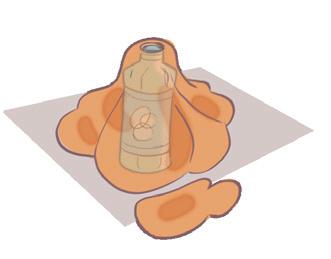
Lay down a sheet of paper.

You need
Look at this! WOW!

There are no active volcanoes in the UK, but there are fantastic volcanic landscapes.
The Giant’s Causeway in Northern Ireland is the result of ancient volcanic activity. Here, 40,000 basalt columns form a road that enter the sea.
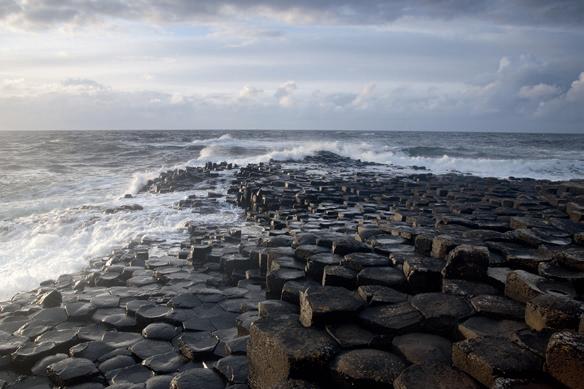
Arthur’s Seat in Edinburgh is a very high mountain peak. From the top of this extinct volcano you can see the city of Edinburgh when it isn’t cloudy, of course!
Castle Rock in Edinburgh is a volcano that has a castle on top of it! The castle is a mysterious place. People believe that seven ghosts live in it!
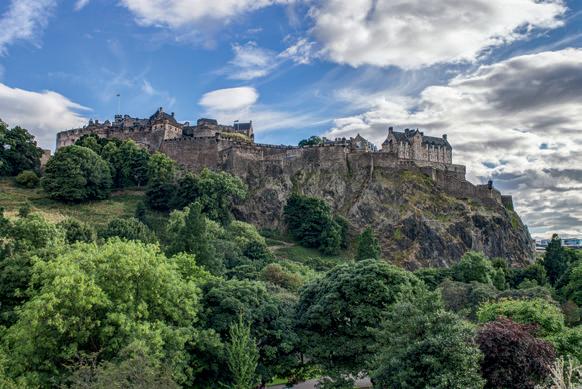

2 Listen and complete.
active chain island eggs inhabitants chicks
The largest volcano in the world is Mauna Loa, in Hawaii, USA.
The Ring of Fire is a of volcanoes around the Pacific Ocean. 90% of all volcanoes on the Earth are here.


Aogashima is a Japanese in the Philippine Sea. 200 people live on this small island. The live in the crater of an active volcano!

Maleo birds live in Indonesia and bury their in the soil or sand near volcanoes. When the come out of the eggs, they find their way to the surface.


6 tapir
3 bat
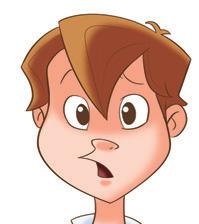
9 mosquito
12 frog
1 Look and count.
1 How many eyes are there?
2 How many legs are there?
3 How many tails are there?
4 How many wings are there?
2 Listen and say.
3 Listen and sing.
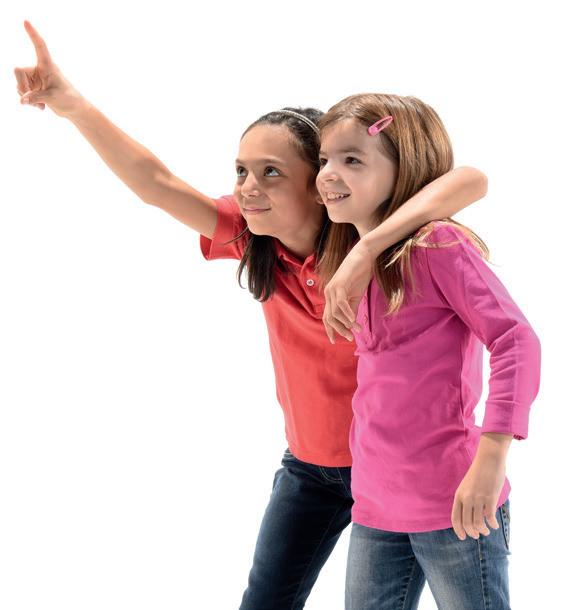
What can you see?
I can see a spider. What can you see?
I can see a bat.
Sail to the island, go, go, go!

40 41-42
What can you see?
I can see a tortoise. What can you see?
I can see a parrot.
Can you see the treasure? Ho, ho, ho!
4 Play the game.
I can see a butterfly. I can see a butterfly and a jaguar.
5 Write the names of the animals in the correct space.

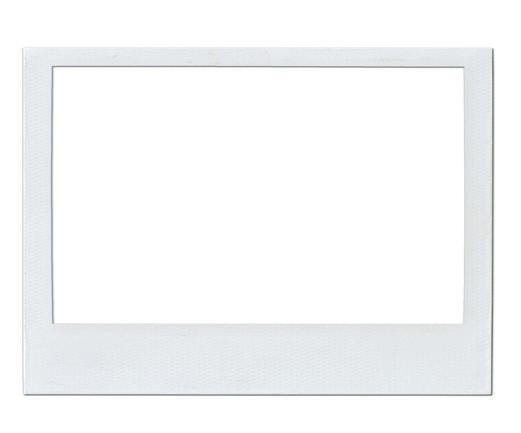
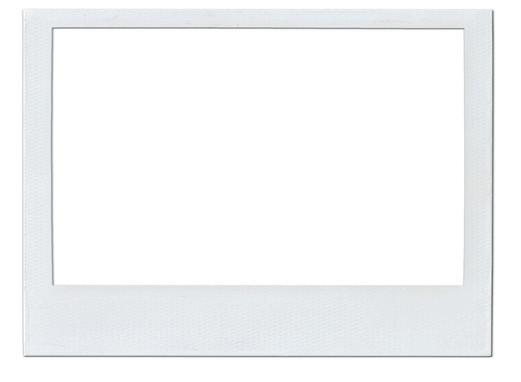

iguana
hummingbird parrot
tortoise bat
butterfly tapir mosquito
lizard jaguar
6 Complete the lists with other animals you know. Then play the game.
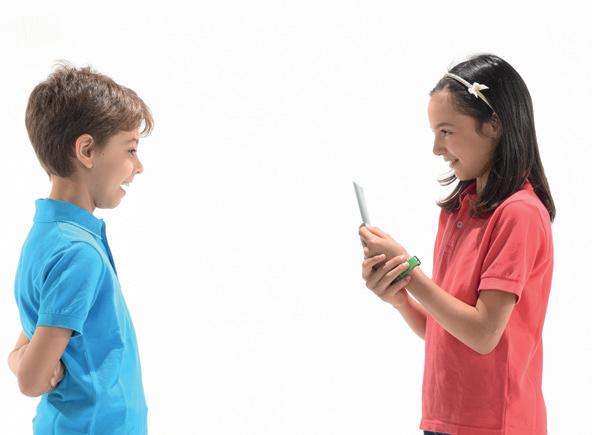
Is it an insect?
Butterfly.
Yes, it is!
Right!
7 Listen and say.
claws whiskers scales trunk fur feathers

8 True or false?
1 A mosquito has got a trunk.
2 A tortoise hasn’t got scales.
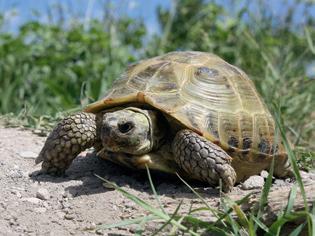

3 A parrot has got claws.
9 Look and complete.
4 A tapir has got whiskers.

5 A butterfly has got feathers.

6 A frog hasn’t got fur.
1 My claws are strong.

I’m an .
2 I’ve got brown fur.
I’m a .
3 My feathers are blue and green.

I’m a .
4 I’ve got a long trunk. I’m a .
5 I’ve got scales.
I’m a .
6 I’ve got long whiskers.
I’m a .
10 Draw an animal and write.
11 Now work with a friend. Listen to his/her description and write. Guess your friend’s animal and draw it.

Its colour is . It’s got . It can . It eats . It’s a .
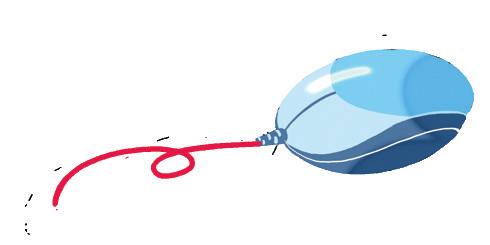

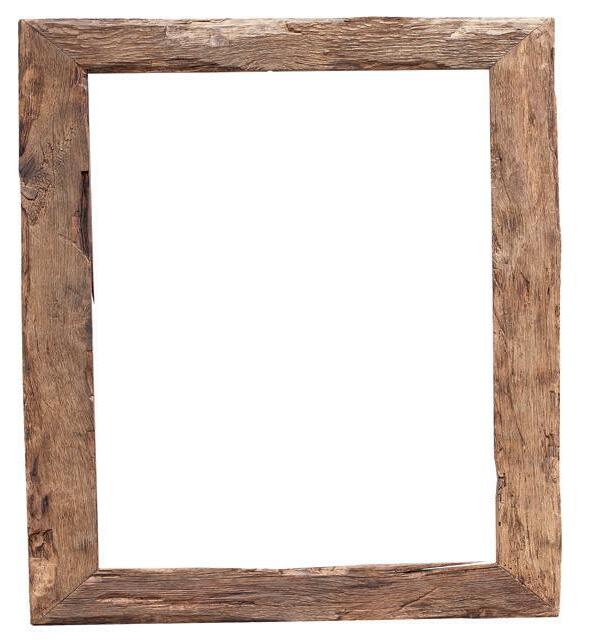
My friend’s animal
Work in groups. What are the most dangerous animals in the world? Look on the Internet or in your library. Then make a poster.
12 Complete the dialogue. Then listen and act with a friend.

Jim Hello, mum, it’s Jim.
Mum Hi, Jim!
Jim I’m very happy! I’ve got a new pet!
Mum Really?
Jim Guess! It’s fantastic!
Mum Mmm…
Jim It’s got green scales and it’s got four legs and strong claws.
Mum
Jim No, it can’t, but it can swim.
Mum
Jim It likes flowers, fruit and leaves.
Mum Really? What is it?
Jim It’s an iguana! Can I bring it home with me?

Mum NOOO! Of course not!
13 Listen and say. Can you repeat it three times?
• What colour is it?
• What is it?
• How are you?
• Can it jump?
• What does it eat?
Six tig e rs win a priz e !

14 Listen and say.
island
15 Guess and circle. I or AI? Listen and check. 47
Don’t count your chickens before they’re hatched.
16 Listen to the story. The treasure is in the jungle.
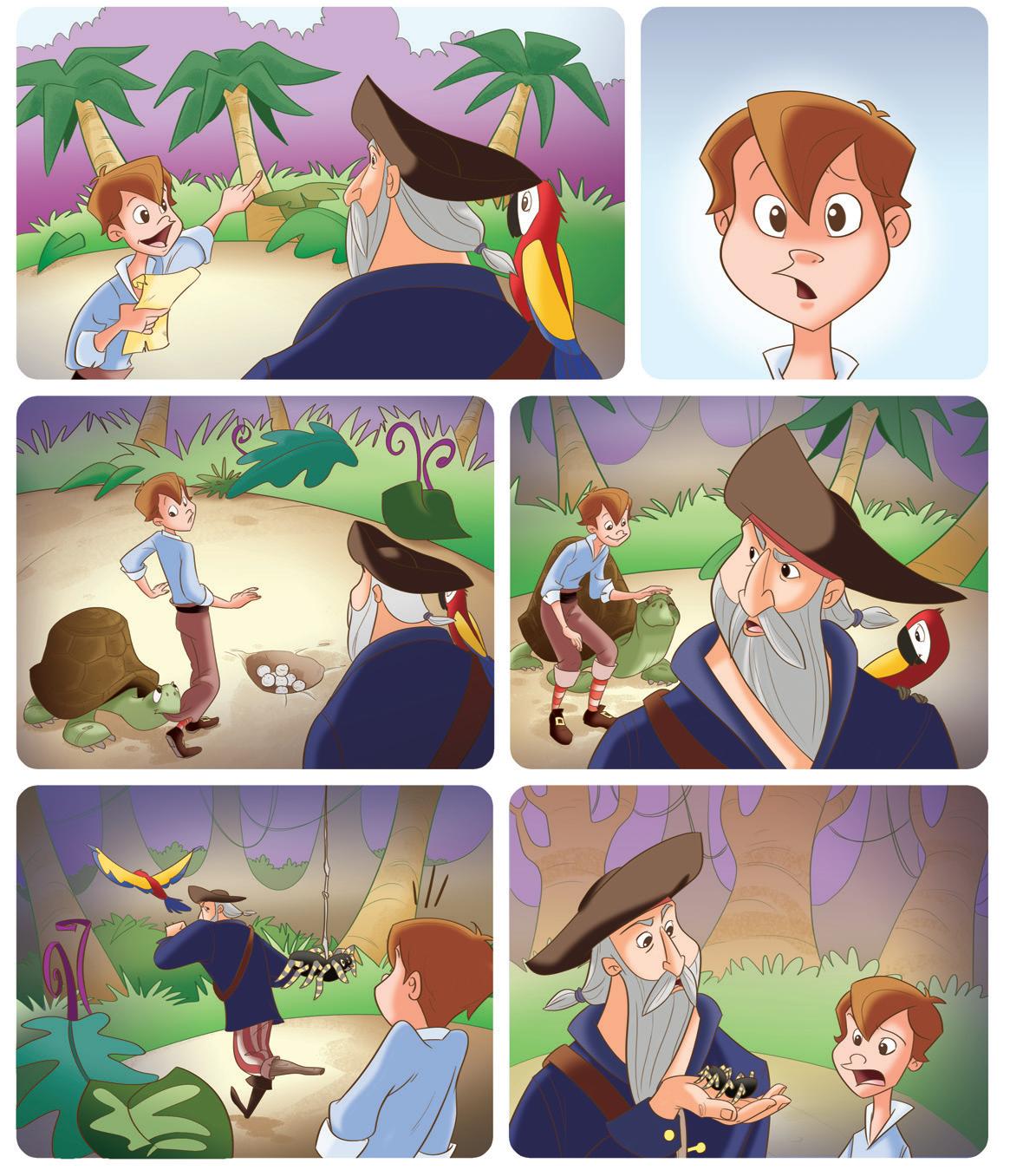
OK! Let’s go!
OK! Let’s go!
Oh, sorry big tortoise! What are you doing?
Look in front of you. It’s defending her eggs!
Let’s follow my parrot!
John… Look at this spider…

Come on, Jim. It isn’t dangerous. I’ve got one at home.
Ugh! I don’t like spiders!

19 Listen and choose. Guess the animal.
It lives in South Africa / America / South America.
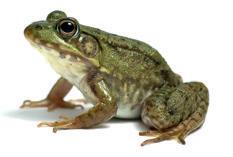
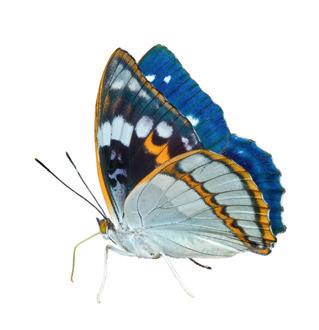

It eats fish / meat / fruit.
It has got a big beak / strong beak / small beak.
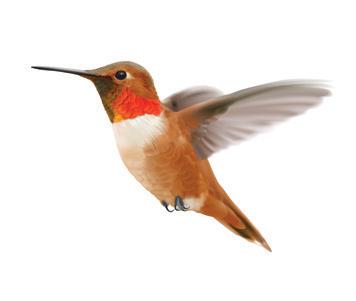
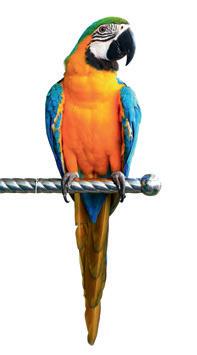
It has got short legs / long legs / four legs.
It can swim / fly / run.
It is intelligent / very intelligent / very happy.
It can read / write / speak.
What is it?
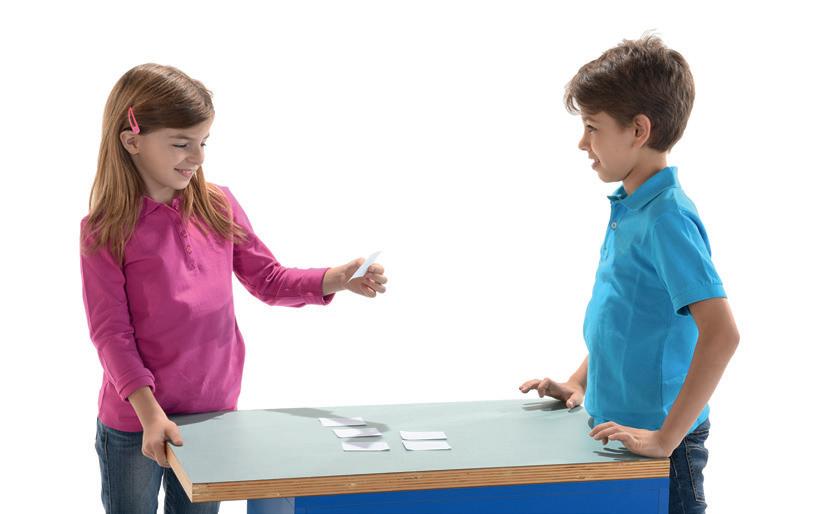
20 Play The Animal Quiz Game.
Has it got feathers?
Can it jump?
No, it hasn’t.
Yes, it can.
21 Read and answer.
The jaguar is a member of the big cat family and it lives in Central and South America. It has got a long body, about 1 metre and 80 centimetres long. It is usually light brown or orange with black spots. It likes water very much and it can swim very well. Jaguars are mammals and they eat meat and fish. The jaguar finds prey like fish and frogs in rivers. It can also climb up trees to attack its prey.
1 What is a jaguar?
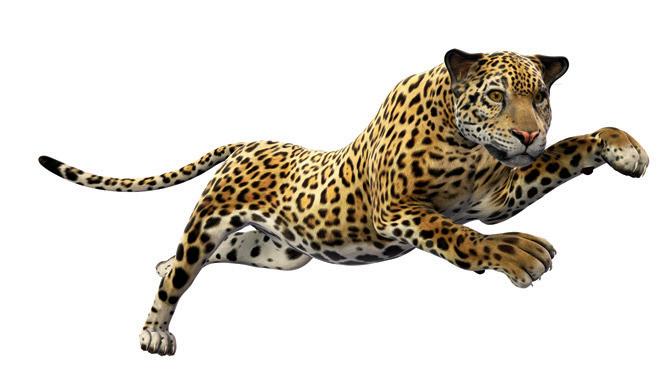

2 Where does it live?
3 How long is its body?
4 What colour is it?
5 Can it swim?
6 What does it eat?
7 Why does it climb up trees?
22 Draw an imaginary animal, invent its name and describe it.
My imaginary animal is the . It lives in . It has got . It eats . It is . It can . Its name is .
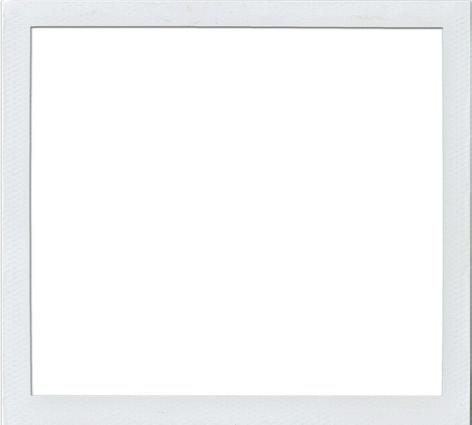

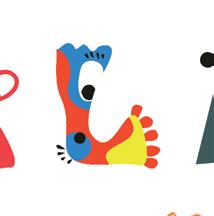



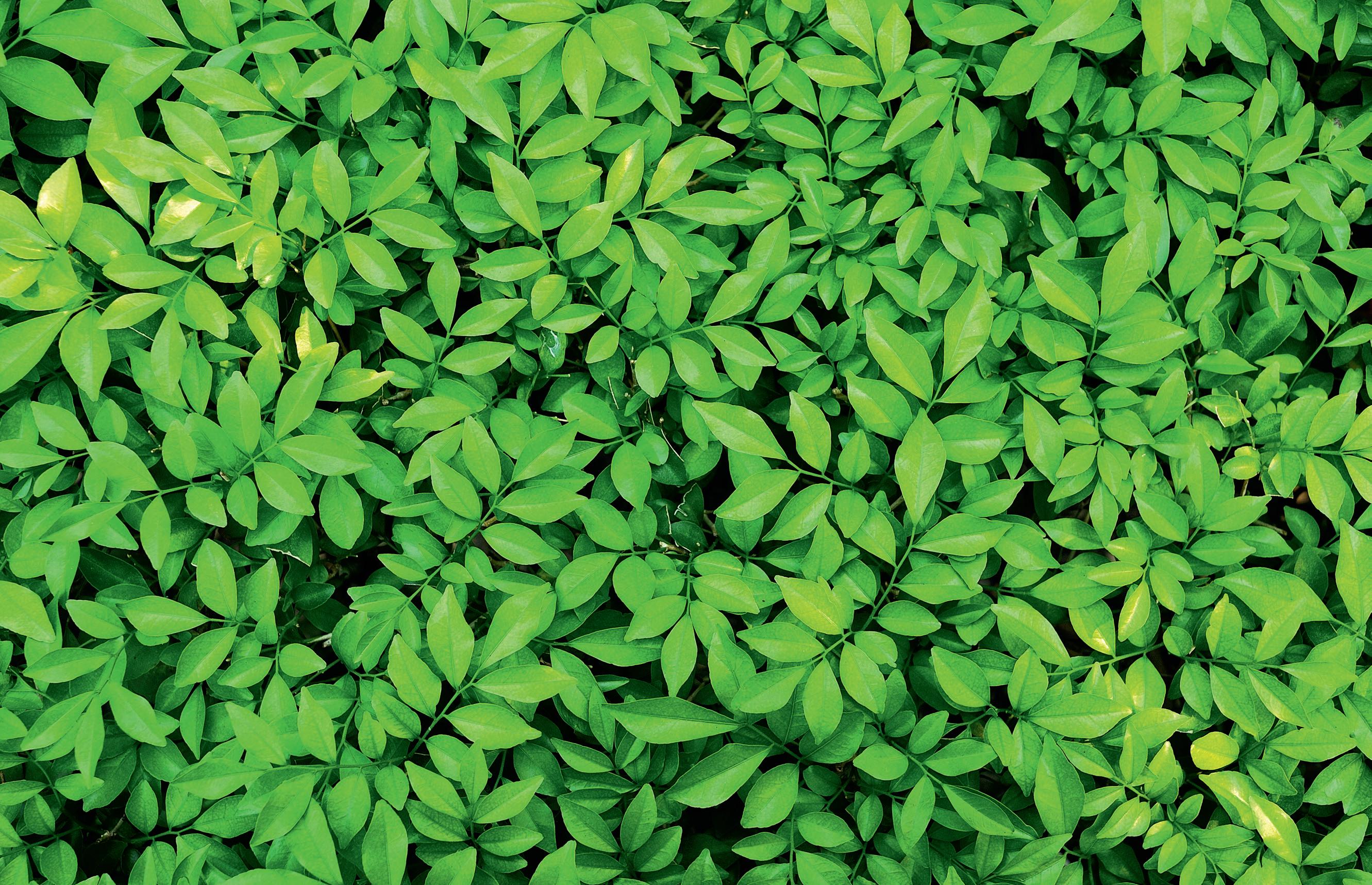
1 The sea dragon lives in the waters of south and west Australia. It is a master of camouflage. It is a carnivorous animal and it eats crustaceans, plankton and small fish.

2 The axolotl lives in a lake near Mexico City. It is an amphibian. The axolotl can regenerate body parts. It is a carnivorous animal and it eats worms, insects, crustaceans and small fish.
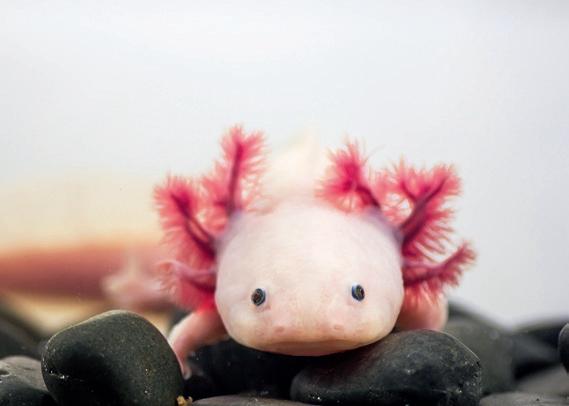
3 The duck-billed platypus lives in Australia and Tasmania. It is a mammal, but it lays eggs! Platypuses eat worms, insects and fish.
2 Underline the scientific words.

3 Listen and complete.

The tarsier lives in south-east Asia. It can turn its head 180 degrees. It is a animal and it has got enormous eyes to see in the dark.

It is a animal and it eats frogs, lizards and small birds.
The frilled dragon is a of lizard that lives in the jungles of Australia. When it is scared, the skin around its head opens like wings. It is an animal and it eats plants but also insects, spiders and small .
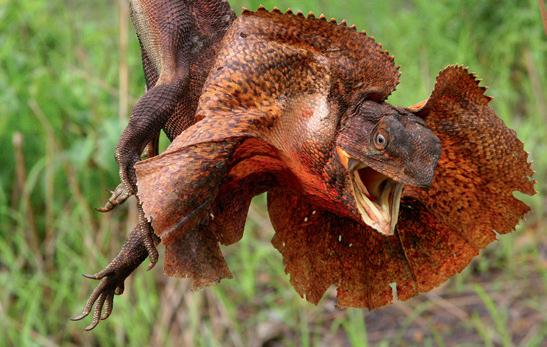
The sloth is a and it lives in the jungles of central and south America. The sloth is an omnivorous animal and it eats plants and insects. The sloth likes to sleep and eat all day long!
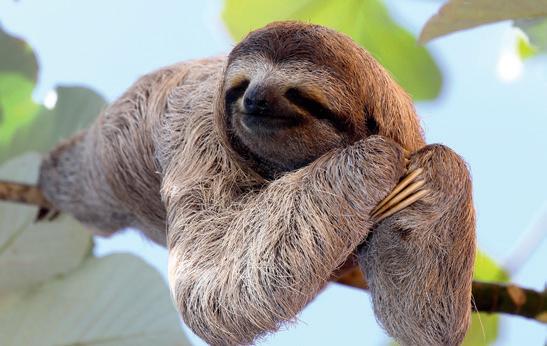
1
Oak Island is a very short / small island on the south shore of Nova Scotia, Canada. It’s famous for the money / monkey pit where many explorers come to look for a mysterious pirate treasure chest. The legend says that seven / seventeen men must die before finding the treasure. The treasure is still a mystery today.
This is the Scottish pilot / pirate, Captain William Kidd. Some people think the treasure belongs to Captain Kidd.
2 Read, think and answer.
1 Where is Oak Island?



2 Is Oak Island a desert island?
3 Is the money pit a secret place?
4 Who is Captain Kidd?
There are other islands around the world where people look for treasure. Surf the Internet and find some examples.



3 Listen, follow and find the buried treasure.
4 Now you are the pirate. Bury your treasure and give your friends instructions to find it!

1 Use a dictionary. Write the translation of:

anger angry get angry
2 Read and choose.
1 I get angry… always. often. sometimes. never.

2 When I get angry,… I don’t say a word. I scream. I hit things. I cry.
3 Draw a situation that makes you angry.
3 The day after… I feel bad. I feel good but adults punish me. I feel sad.


4 Read and match.
1 to count up to ten

2 to talk to a friend
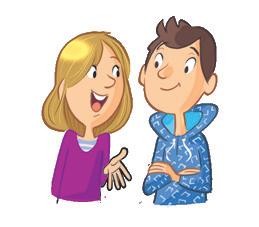
3 to think about something nice
4 to play basketball or run

5 to sing
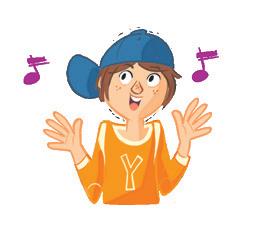
6 to draw
7 to play a video game
8 to breathe deeply

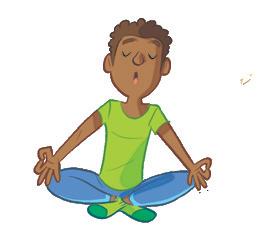
Find a creative way to calm down. Describe and draw it.




1 Listen and number.
The festival of Halloween comes from a Celtic tradition. But today people celebrate Halloween all around the world. At Halloween kids, teenagers and adults…
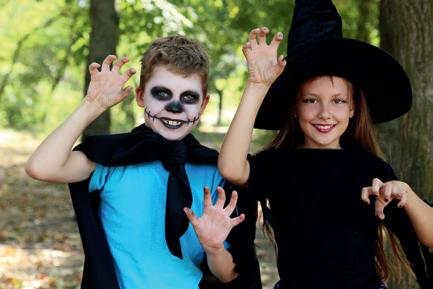


1 dress up in costumes
2 carve pumpkins into jack-o’-lanterns

3 go around saying ‘trick-or-treat?’
4 eat spooky themed food

5 play apple bobbing
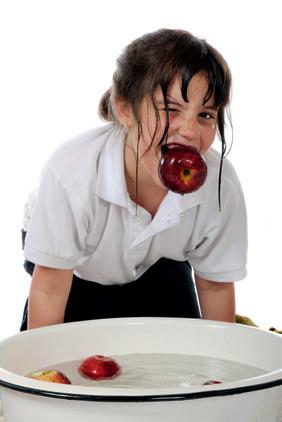
6 watch scary films

2 Listen and sing.
It’s a spooky, spooky castle. There are monsters, there are bats. There are witches, there are ghosts. There are owls and there are rats.
It’s a spooky, spooky castle. There are spiders on the wall.
It’s a spooky, spooky castle, but I’m not afraid at all.
I’m brave, I’m not afraid. Hey, monsters, here I am!
Listen...
Oh... it’s midnight... let’s run away!
Work with your class friends and organise a Halloween party at school.
1 Listen and choose.
In Great Britain the 5th November / December is Bonfire Night. On this special night /day people light small / big bonfires, burn a model of Guy Fawkes and watch fireworks.




Traditional Bonfire Night sports / food is jacket potatoes, toasted marshmallows, parkin biscuits and toffee oranges / apples.



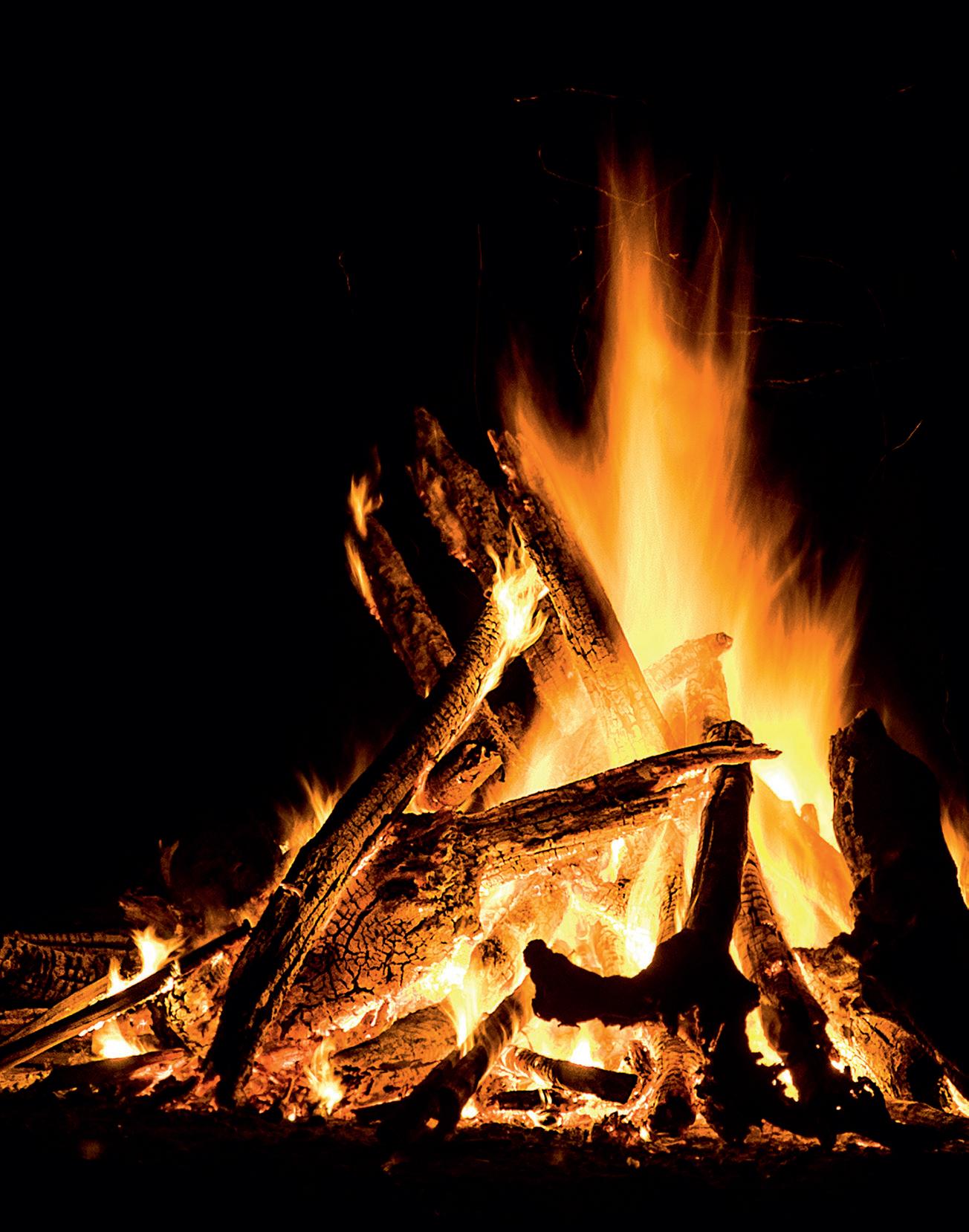
2 Write the correct words under each picture.
3 Listen and learn the Bonfire Night rhyme by heart.






Remember, remember the fifth of November:
Gunpowder, treason and plot.
I see no reason why gunpowder treason should ever be forgot.


Surf the Internet and find information about Guy Fawkes.




58
1 Listen and read. Tick the customs that are the same in your country.
15 tips to celebrate a British Christmas
During the weeks before Christmas Day send greeting cards put up a Christmas tree and Christmas decorations write a letter to Father Christmas
On Christmas Eve leave mince pies and milk for Father Christmas and a carrot for the reindeer hang your stocking at the end of your bed or by the fireplace sing Christmas carols
2 Listen and sing.

I’m a little snowman.
Short and fat.
59
On Christmas Day say ‘Merry Christmas!’ give presents to your family open your presents have Christmas lunch with your family: eat turkey and roast potatoes have Christmas pudding pull a cracker… BANG! wear a paper hat at three o’clock watch the Queen’s message on TV at six o’clock have tea with aunts, uncles, cousins and friends!
This is my scarf and this is my hat.
When I see the snow fall.
Hear me shout.
‘All you children, please come out!’
Write tips to celebrate Christmas in your country.
TASK
1 Listen and complete.
60 schools day open Canada holiday
Boxing Day is a public celebrated on the after Christmas Day. Traditionally, it is the day to the Christmas Charity Box to share the contents with the poor. In , students put gifts in Christmas Boxes to send to poor countries. This is a tradition in the United Kingdom, , Australia, New Zealand and in some US states.
2 Listen and number.
The 26th December is a day to spend with family and friends. On Boxing Day families usually…
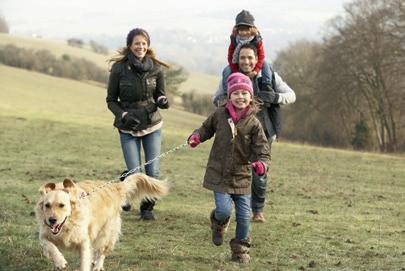
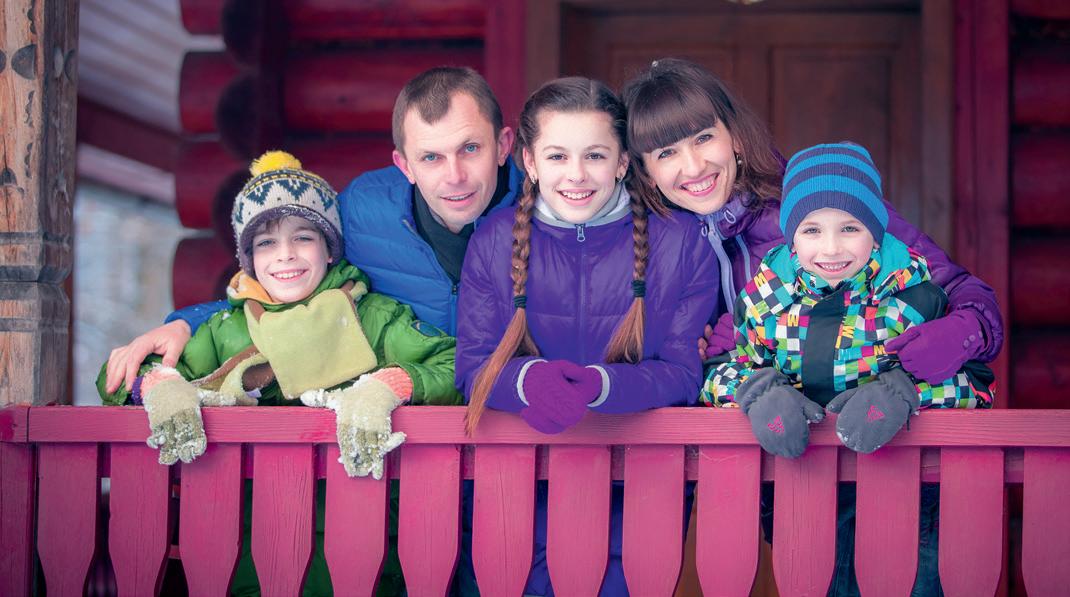



1 go for a walk in the countryside
2 watch popular sports events on TV
3 play a board game
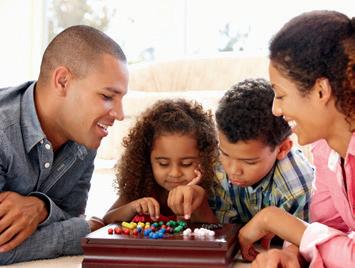
4 go to the cinema

5 go shopping
Draw and write about your ideal Boxing Day. Make a presentation and talk about it with your friends.

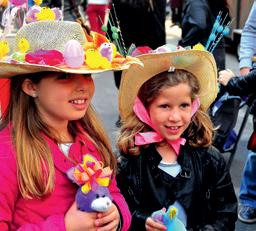
Every month / year on Easter Day in New York there are beautiful Easter Bonnet Parades / Festivals. People come from all over the world to show their fantastic cats / hats and schools organise Easter Bonnet Contests / Parties. The boy or the girl who makes the strangest hat is the winner.



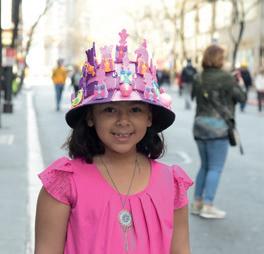






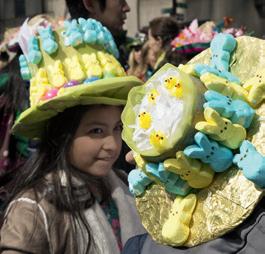
Easter bonnets come from Asian / European traditions of wearing flowers on a hat to celebrate spring. It is also a tradition to wear old / new clothes on Easter Day.
At Easter let your clothes be new, or else be sure you will it rue.
Draw your Easter hat!

1 Listen and read. Write the coloured words under the pictures.
Queen Elizabeth celebrates two birthdays each year: her real birthday on 21st April and her official birthday on the second Saturday of June.

‘Trooping the Colour’ is the military parade that celebrates her birthday. The Royal Family, guests and the general public come to this ‘birthday parade’.
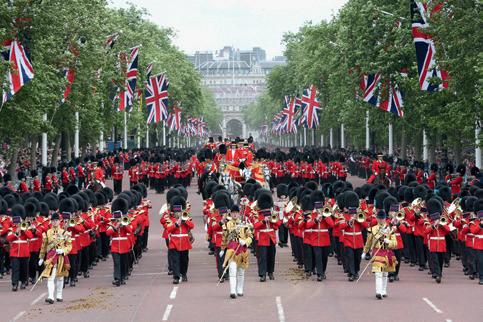
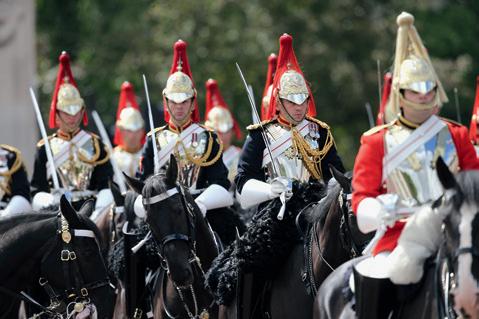
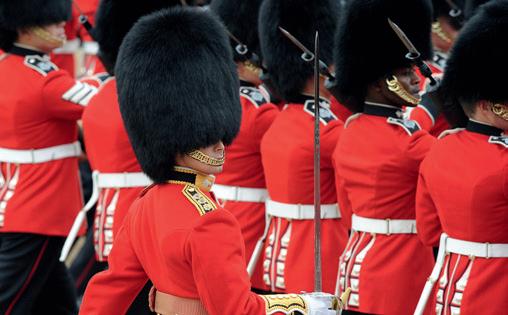
At the parade there are foot guards and horse guards, and about 400 musicians.
At the end of the celebrations, the Queen and the Royal Family appear on the balcony of Buckingham Palace to see the Red Arrows. These planes fly very fast and you can see red, white and blue in the sky!

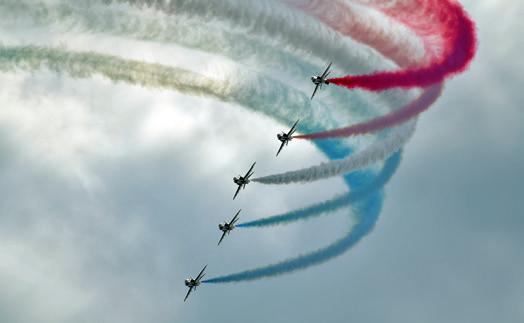
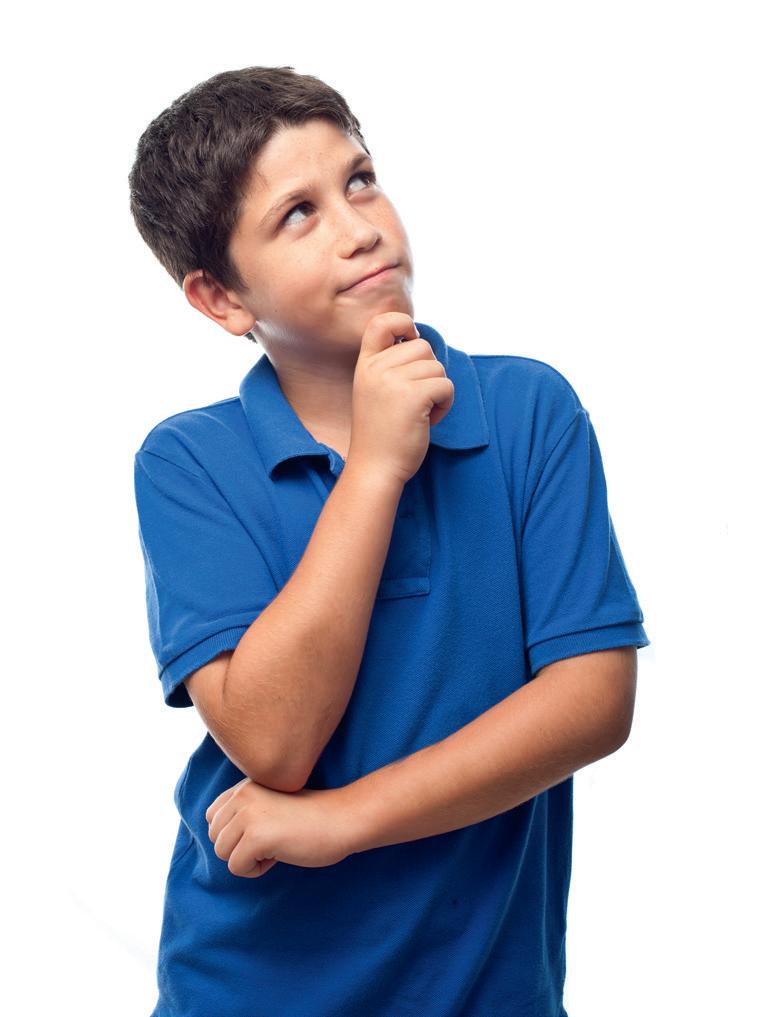
1 Listen and tick the things you do when you listen. 64
A good listener is a good learner and a good friend.

I’m a good listener because when I listen to someone…
I look into the person’s eyes.

My ears are listening.
I think and care about what the person is saying.
My body is still.
I ask questions to find out more.
I don’t interrupt.
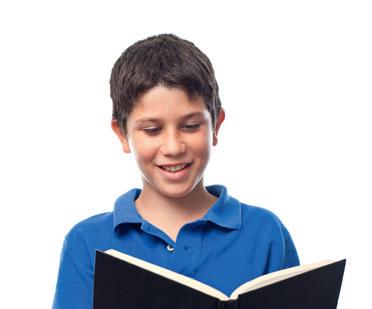

When I start a listening comprehension…

I look at the pictures and…
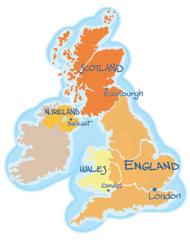


Weather = it’s rainy / sunny...

I read the exercise in my book.
I think about the exercise and I make word connections.
I listen the first time without writing.
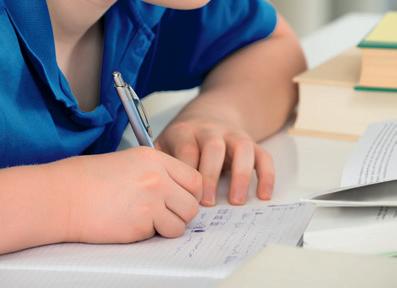
I listen and complete the exercise.
I listen again and check my answers.
April aprile
August agosto
autumn autunno
boat barca
breathe respiri
Christmas cards biglietti natalizi comes out fuoriesce
costume costume
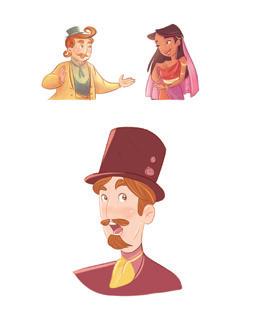
cross attraversiamo
December dicembre
February febbraio
heavy pesanti
I meet incontro
Indian indiano
it’s cloudy è nuvoloso
it’s cold fa freddo
it’s cool fa fresco
it’s foggy c’è nebbia
it’s hot fa caldo
it’s rainy piove
it’s snowy nevica
it’s sunny c’è il sole
it’s warm è mite
it’s windy c’è vento
January gennaio
July luglio
June giugno
March marzo
mark segna matter materia
May maggio
motorbike motocicletta
November novembre
October ottobre
river fiume
September settembre
sleigh slitta
snowmobile motoslitta
spring primavera
stones pietre
summer estate
table tennis ball pallina da ping pong
upside down alla rovescia
weight peso
What’s the weather like? Che tempo fa?
winter inverno
You can’t judge a book by its cover. (qui) L’apparenza inganna.
ancient antico
archaeologists archeologi
Art arte
athlete atleta
broken spezzate
bronze bronzo
curved curve
diagonal diagonali
elves elfi

excellent at eccellente in explorers esploratori
fairies fate
Friday venerdì
Geography geografia
good at bravo in hat-throwing competition gara di tiro del cappello
He who laughs last, laughs loudest.
Ride bene chi ride ultimo.
hieroglyphics geroglifici
History storia
horizontal orizzontali
ICT tecnologia
lunchtime ora di pranzo
Maths matematica
mice topi
Monday lunedì
Music musica
not very good at non molto bravo in oak quercia
PE educazione fisica
pig maiale
plaque placca
private property proprietà privata
pyramids piramidi
Saturday sabato
Science scienze
setting ambientazione
squirrels scoiattoli
straight diritte
Sunday domenica
teepees tende (degli Indiani d’America)
thick spesse
thin sottili
Thursday giovedì
trunk tronco
Tuesday martedì
tug-of-war competition gara di tiro alla fune
vertical verticali
wavy ondulate
Wednesday mercoledì
What time is it? Che ora è?
worm collection collezione di vermi
gold d’oro have a shower fare la doccia have breakfast fare colazione have dinner cenare
have lunch pranzare in the afternoon nel pomeriggio in the evening di sera in the morning di mattina
intestines intestino
jackal sciacallo
joke scherzo
Let a sleeping dog lie.
Non svegliare il can che dorme.
lid coperchio
linen lino
liver fegato
lungs polmoni
mummy/mummies mummia/mummie
classwork lavoro in classe
homework compiti per casa

keywords parole chiave
leader capo
always sempre
antiquities antichità
at midday a mezzogiorno
at midnight a mezzanotte
at night di notte
baboon babbuino
bandages bende
camel cammello
canopic jars vasi canopi
climb scalo
coffin bara
do sport fare sport
dry secco
falcon falcone
funeral mask maschera funeraria
get dressed vestirsi
get up alzarsi
go home andare a casa
go to bed andare a letto
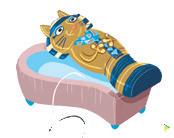
go to school andare a scuola
never mai
obelisk obelisco
often spesso
organs organi
sarcophagus/sarcophagi sarcofago/sarcofagi
sometimes a volte
soul anima
spells formule magiche
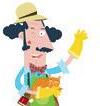
sphinxes sfingi
spices spezie
stomach stomaco
twin gemello usually di solito
What time…? A che ora…?
bald calvo
beard barba
bell campana
bounce far rimbalzare
clock dials quadranti dell’orologio
continents continenti
court campo
crown corona
curly hair capelli ricci
floor pavimento
freckles lentiggini

fringe frangia
front obstacle jumps salti a ostacoli frontali
gift dono
glasses occhiali
hand (qui) lancetta
inscription iscrizione
It’s as plain as the nose on your face.
(qui) È chiaro come il sole.
lateral obstacle jumps salti a ostacoli laterali
leather cuoio
must devono
old vecchio
opposing opposta
plump grassottello
ponytail coda
rays raggi
reach raggiungere
rope jumping salto della corda
royal reale
score segnare
seas mari
shooting colpendo
short basso
slim magro
spiky hair capelli a spazzola
squats piegamenti
steps gradini
straight hair capelli lisci
tablet tavoletta
tall alto
thief ladro
tons tonnellate
torch torcia
travels viaggia
wavy hair capelli mossi
weighs pesa
young giovane
enemies nemici
fear paura
features caratteristiche
fingerprint impronta digitale
thumb pollice
ash cenere
baking soda bicarbonato di sodio
basalt basalto
bury seppelliscono
camera macchina fotografica
cave grotta
compass bussola
cone cono
crater cratere
danger pericolo
Don’t cross a bridge before you come to it.
(qui) Non bisogna fasciarsi la testa prima di rompersela.
erupt eruttano
food colouring colorante alimentare
helmet caschetto
hold afferra
hole buco
lake lago
landscapes paesaggi
lava lava
lay down stendi
layers strati
magma chamber camera del magma
magnifying glass lente d’ingrandimento
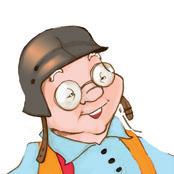
main vent condotto vulcanico / camino principale
map mappa
mountain montagna
notebook quaderno
peak vetta
play dough plastilina
prints impronte
rainproof jacket impermeabile
river fiume
rucksack zaino
safe al sicuro
school trip gita scolastica
sheet foglio
side vent condotto vulcanico / camino laterali
sleeping bag sacco a pelo
suddenly improvvisamente
surface superficie
tablespoons cucchiai
torch torcia
trekking shoes scarpe da trekking
vinegar aceto
volcano vulcano
wake up svegliarsi
waterfall cascata
all day long tutto il giorno
amphibian anfibi
bat pipistrello
belongs appartiene
buried sepolto
butterfly farfalla
camouflage mimetizzazione
carnivorous carnivoro
chest baule
claws artigli
crustaceans crostacei
Don’t count your chickens before they’re hatched. (qui) Non dire gatto prima di averlo nel sacco.
feathers piume
frog rana
fur pelo
hummingbird colibrì
jaguar giaguaro
lays deposita
lizard lucertola
mammals mammiferi
mosquito zanzara
omnivorous onnivoro
parrot pappagallo
pit miniera
plankton plancton
predators predatori
prey preda
regenerate rigenerare
reptiles rettili
scales squame
spider ragno
spots macchie
tapir tapiro
tortoise tartaruga
treasure tesoro
trunk proboscide
whiskers baffi
anger rabbia
breathe respirare
dealing with avere a che fare con punish puniscono
scream urlo
apple bobbing pesca la mela
At Easter let your clothes be new, or else be sure you will it rue.
Non indossare un vestito nuovo il giorno di Pasqua porta sfortuna.
bonfire falò
burn bruciare
carve intagliano
dress up mascherano

fireplace caminetto
fireworks fuochi d’artificio
gunpowder polvere da sparo
jacket potatoes patate cotte con la buccia
light accendono
mince pies tortine ripiene
owls gufi
parade sfilata
plot complotto
rats ratti
scarf sciarpa
should ever be forgot
non dovrebbe essere mai dimenticato
shout grido
spooky spettrale
themed a tema

treason tradimento
turkey tacchino
Where’s Aouda?
When’s her birthday?
She’s in England. It’s in November.
Time Place
in spring in April in the morning
in the kitchen in London in England
1 Put the words in order.
1 cake • is • a
fridge
the
There

in
2 April • is
3 lives
4 go
school
5 India • see
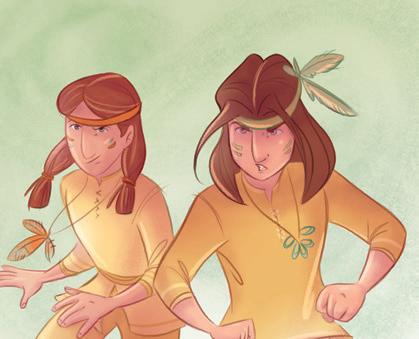
6 play
in • afternoon
A cake? Where’s the cake?
in
in
in
Who…?
What…?
Where…?
When…?
Why…? How…?
2 Complete.
1 are you scared?
2 ’s the weather like?
3 ’s your birthday?
4 ’s your bike?
5 are you?
6 ’s that girl?
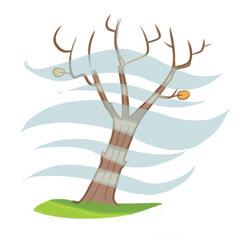

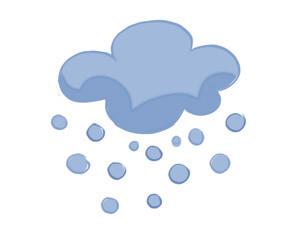
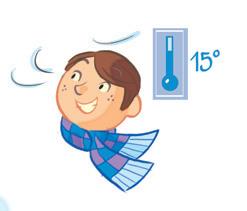
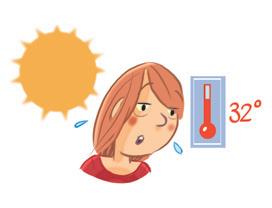

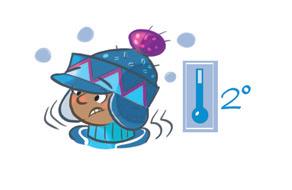
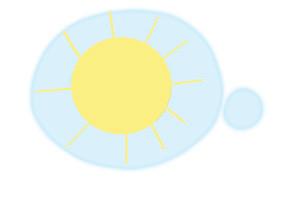
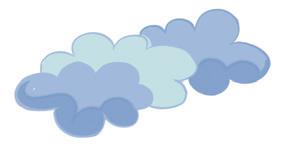

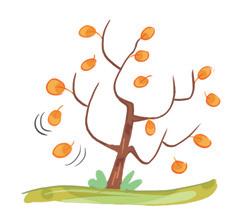



2 Complete with the right words.
windy
1 We can make a snowman in the garden. It’s .

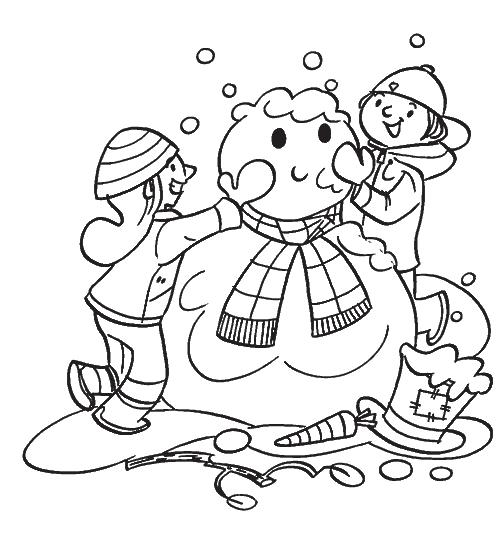
2 Look, it’s . We can play with my kite!
3 Open the window. It’s !
4 Take your umbrella. It’s .
5 I can’t see. It’s so .

6 The opposite of cool is .

7 Close the window. It’s .
8 We can play in the garden. It’s .
9 I can’t see the sun. It’s .
3 What’s the weather like in your country?
1 In spring it isn’t , it’s .
2 In summer it isn’t , it’s .
3 In autumn it isn’t , it’s .

4 In winter it isn’t , it’s .
4 Complete with Yes, it is. / No, it isn’t.
1 Is it usually cold at Christmas?
2 Is it usually snowy at Easter?
3 Is it usually foggy at Halloween?
4 Is it usually hot on your birthday?
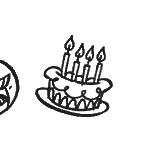
5 Draw a symbol for each season. Then say and write sentences.
6 Surf the Internet and answer.

1 What’s the weather like today in London?
2 What’s the weather like today in Brindisi?
3 What’s the weather like today in Hong Kong?
4 What’s the weather like today in Shanghai?
5 What’s the weather like today in San Francisco?
6 What’s the weather like today in New York?
7 What’s the weather like today in your town?
7 Complete the map. Write the months.


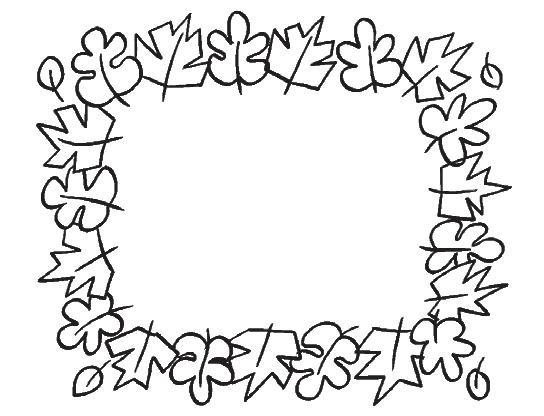

autumn

winter
8 Complete.
1 School starts in .
2 School finishes in .
3 Halloween is in .
4 St Valentine’s Day is in .
5 Spring starts in .
6 Christmas is in .
7 Autumn starts in .

8 The new year starts in .
Record the weather for one week and make a poster.
a descrivere il tempo atmosferico
Mi è piaciuto…
i nomi delle stagioni i nomi dei mesi
molto abbastanza poco
completare il dialogo















leggere il fumetto
ricavare informazioni da un ascolto
Mi sento più a mio agio quando...
intervistare i compagni
cercare di capire un testo scritto
realizzare una mappa



ascolto parlo leggo scrivo
Quando ascolto un testo per ricavare informazioni...
mi diverto mi annoio mi agito mi concentro
Quando ascolto, capisco meglio se...
ci sono delle immagini vedo l’espressione di chi parla so di che cosa si parla
Pronunciare gli scioglilingua...
mi piace mi innervosisce è impossibile
What time is it?
1 Complete.
It’s twenty past eleven. It’s nine o’clock a.m.
Time prepositions: IN, ON, AT



I don’t know.
2 Complete with in / on / at.
I like
I like .
But my favourite subject is .
.
But my favourite subject is . TIMOTHY Claire
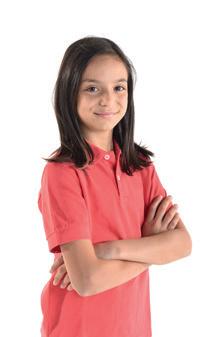
I like .
But my favourite subject is .

Sally likes but .
Timothy likes but . Claire likes but


It’s seven o’clock.
It’s a quarter to ten.
It’s ten past twelve.
It’s half past three.
It’s ten to twelve.
It’s a quarter past five.
1 What time is Geography?
2 What time is Science?

3 What time is Music?
4 What time is Art?
5 What time is PE?
5 Write the days of the week in order.
Thursday Friday
Saturday
6 Read and complete.
Hi, my name’s Timothy. In my timetable History is on Monday at eight o’clock.
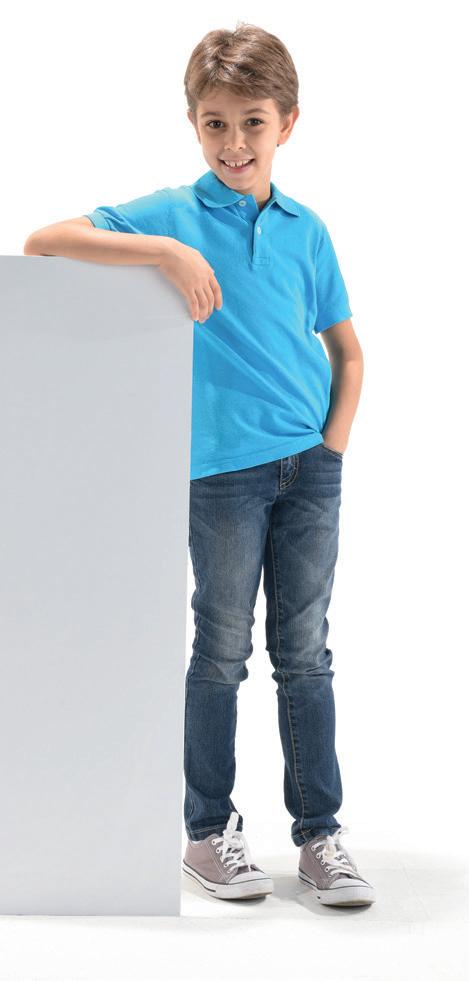
English is on Wednesday and Friday at a quarter to eleven. ICT is on Wednesday at eight o’clock.
Art is on Monday at a quarter to eleven. Science is on Tuesday at eight o’clock. PE is on Tuesday at a quarter to eleven. Geography is on Thursday at a quarter to eleven and Maths is on Friday at eight o’clock. Music is on Thursday at eight o’clock. On Saturday I don’t go to school.

7 Complete. Use:

excellent at / very good at / good at / not very good at
I’m English. I’m Science. I’m ICT. I’m Art.
Maths. I’m Music.
Geography.

8 Complete the map about you.
favourite day





i nomi delle materie scolastiche a chiedere e dire che ore sono i giorni della settimana
a raccontare il mio orario scolastico a raccontare il mio rendimento scolastico
Quando mi chiedono di svolgere una consegna...
inizio subito per finire il prima possibile la leggo due volte o chiedo all’insegnante di ripetere per capire bene chiedo all’insegnante delle informazioni in più la ripeto all’insegnante per vedere se ho capito bene cerco di ricordare se ho già svolto consegne simili per capire come si fa




Penso che le mappe...
aiutino a capire
aiutino a ricordare
siano importanti perché sono molto chiare
confondano le idee















siano troppo sintetiche
Quando devo leggere S o SH...
non mi sbaglio mai qualche volta mi sbaglio mi sbaglio spesso
bene benissimo così cosìThey get up at 5 o’clock.
No! We don’t get up at 5, we get up at 8 o’clock in the evening.
I get up…
You get up…
He/She/It gets up…
We get up…
You get up…
They get up…
I don’t get up…
You don’t get up…
He/She/It doesn’t get up…
We don’t get up…
You don’t get up…
They don’t get up…
1 Write the negative form.
1 She goes to school.
2 Tom and Jane go home.
3 He plays with his friends.
Do I get up…?
Do you get up…?
Does he/she/it get up…?
Do we get up…?
Do you get up…?
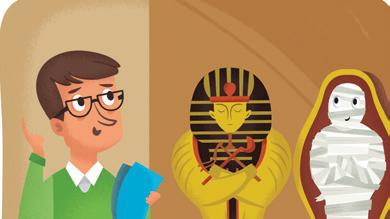

Do they get up…?
Affirmative short answer Negative short answer
Yes, I do.
Yes, you do. Yes, he/she/it does. Yes, we do.
Yes, you do. Yes, they do.
No, I don’t. No, you don’t. No, he/she/it doesn’t. No, we don’t. No, you don’t. No, they don’t.
2 Write the interrogative form and complete the short answer.
1 You have breakfast at eight o’clock.
2 Sue goes to school on Saturday.
3 They have lunch at school.
Do you get up at 8 o’clock in the morning?
? No, .
? Yes, .
? No, .
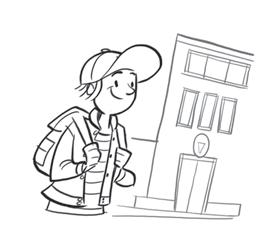


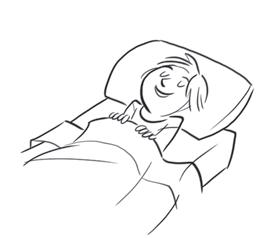



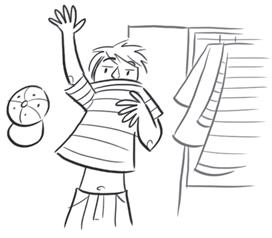


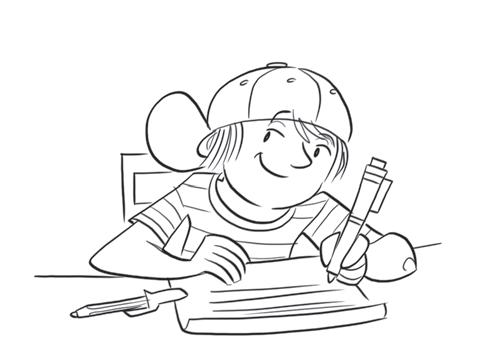
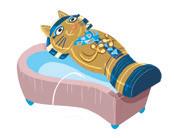
3 Read and complete.
go to school go to bed
go home have dinner
have breakfast
have a shower get up get dressed do sport have lunch
Hello, my name’s Evan and this is my daily routine. I every day at a 7:45 then I and I . I and I by bike.
At 12:30 I at school. I at 15:15.
In the afternoon I usually . I can play football very well. I at 7:00 with my family. Then I watch TV, and I at 10:10.
4 Answer. Use: Yes, he does. / No, he doesn’t.
1 Does he get up at a quarter past seven?
2 Does he have a bath?
3 Does he go to school by bike?
4 Does he have lunch at home?
5 Does he go home at a quarter to three?
6 Does he usually do sport in the afternoon?
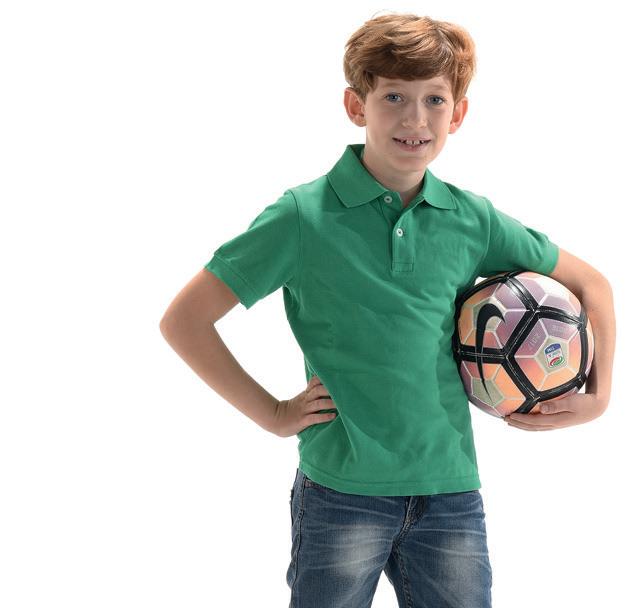
7 Does he usually have dinner with his family?
8 Does he usually go to bed at ten o’clock?
5 Write the parts of the day in order.
in the afternoon in the evening at night
at midnight
in the morning at midday
6 Think about you and write sentences.
1 I always .
2 I usually .
3 I often .
4 I sometimes .
5 I never .
7 Complete and match.
1
time
do you usually get up?
2 do you usually do sport?
3 do you usually have lunch?
4 is your favourite subject?
5 is Mr Dennison?
6
do you like summer?
What
A In the afternoon.
B At school.
C Because it’s sunny.
D He’s my teacher.
E At half past six.
F It’s Maths.

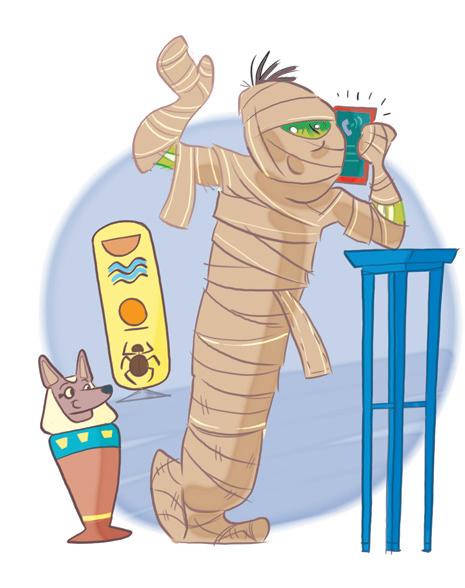
8 Complete the dialogue with the mummy. Be creative!
What’s your name?
What time do you get up?
have a shower?
get dressed?
have lunch?
do sport?
go to bed?

bene benissimo così così
a chiedere e dare informazioni sulla routine quotidiana mia o di altri
a denominare le parti del giorno
a dire con quale frequenza io o altri compiamo un’azione
Le attività in cui mi sento più sicuro sono quelle in cui...
leggo ascolto parlo scrivo perché
Le attività in cui mi sento meno sicuro sono quelle in cui...
devo leggere a voce alta
devo leggere da solo/a e rispondere a domande
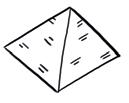








devo parlare davanti alla classe
devo conversare con un compagno



Penso che tra la pronuncia di B e D...
ci sia una grande differenza
ci sia differenza ma a volte non si senta
non ci sia differenza
devo scrivere frasi
devo completare frasi devo ascoltare un testo devo cantare






He’s got spiky hair.
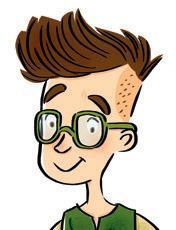
1 Choose the correct form.
1 I have / has got a ponytail.
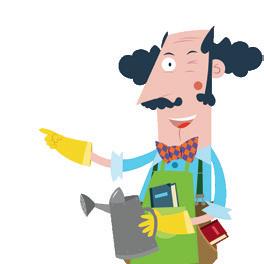

2 She haven’t / hasn’t got wavy hair.
3 You have / has got freckles.
Interrogative form
Have I got…?
Have you got…?
Has he/she/it got…?
Have we got…?
Have you got…?

Have they got…?
Yes, I have. Yes, you have. Yes, he/she/it has.
Yes, we have. Yes, you have. Yes, they have.
4 We hasn’t / haven’t got glasses.
5 Alex and Tom hasn’t / haven’t got a fringe.
6 Tim and I haven’t / hasn’t got spiky hair.
Has she got glasses?
No, I haven’t. No, you haven’t. No, he/she/it hasn’t. No, we haven’t. No, you haven’t. No, they haven’t.
2 Write the interrogative form and complete the short answer.
No, she hasn’t.
1 I’ve got curly hair. ? No, .
2 Mia’s got straight hair. ? Yes, .
3 They’ve got freckles. ? No, .
4 You’ve got a fringe. ? No, .
5 We’ve got glasses. ? Yes, .
6 They have got a beard. ? No, .
What are they like?
He’s tall. They aren’t tall.
3 Write the negative form.
1 I’m tall.
2 He’s bald.
3 We’re old.
4 They’re plump.
5 You’re short.
6 She’s slim.
Am I…?
Are you…?
Is he/she/it...?
Are we…?
Are you…?
Are they…?
Yes, I am.
Yes, you are.
Yes, he/she/it is. Yes, we are. Yes, you are. Yes, they are.
No, I’m not. No, you aren’t. No, he/she/it isn’t. No, we aren’t. No, you aren’t. No, they aren’t.
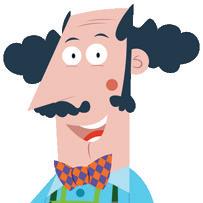

4 Write the interrogative form and complete the short answer.
Am I old?
No, I’m not.
1 They are young. ? Yes, .
2 We are tall. ? No, .
3 She is plump. ? No, .

4 I am short. ? Yes, .

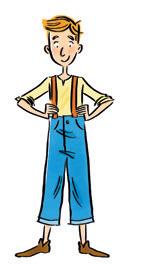
1 Match and write.
2

He’s got freckles. He hasn’t got glasses.

glasses wavy hair

beard

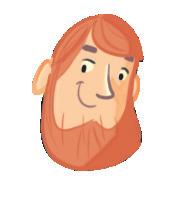

bald curly hair freckles
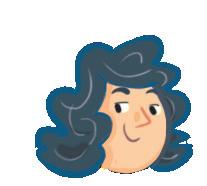

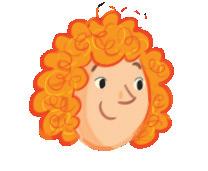


ponytail





spiky hair straight hair fringe
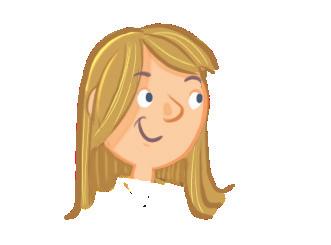
3
1 What’s she like?
She tall. She plump.
She old.

She spiky hair.
She curly hair.
She a fringe. She long hair. She glasses. She bald.
2 What’s he like?
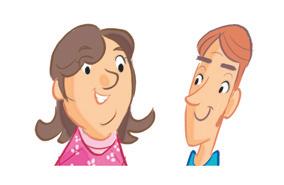
He short. He slim.

He young.
He straight hair.
He a ponytail.
He a fringe.
He short hair.
He glasses.
He a beard.

5 Complete the dialogue with a rock singer.

What’s your name?
tall?
spiky hair?
slim? long hair?
a fringe?
glasses?
Imagine you are eighteen years old. Tell your friends what you are like.



Ho imparato…
bene benissimo così così
le espressioni utili per descrivere una persona
a chiedere e dare informazioni sull’aspetto fisico mio o di altri
La cosa che so fare benissimo in inglese è…
La cosa che non mi riesce tanto bene è…
Secondo me per riuscirci meglio dovrei…
Voglio farcela con le mie forze, perché...
Ne ho parlato con l’insegnante e...
Ho deciso di seguire/non seguire il suo consiglio, perché...
Riconoscere quando ’s vuol dire is oppure has…
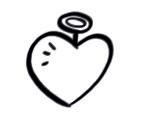














è molto semplice ci vuole attenzione è difficile
Penso che la pronuncia di R in inglese...
sia facilissima sia complicata
This is Uncle Otto’s notebook.
They’re Julie’s shoe prints.
Julie has got a camera. It’s Julie’s camera. Axel has got a torch. It’s Axel’s torch.
1 Transform the sentences. Use the possessive ’s.
1 Uncle Otto has got a rucksack.
2 Axel has got a helmet.
3 Hans has got a notebook.
4 Julie has got a compass.
5 Julie has got a sleeping bag.
6 Hans has got a torch.
7 Axel has got a camera.
8 Uncle Otto has got a magnifying glass.

2 Reorder the words.
1 helmet • is • It • Martha’s
2 Are • notebooks? • Hans’s • they
3 It • compass • Uncle • is • Otto’s
4 Is • rucksack? • Axel’s • it

5 Is • Uncle • it • sleeping bag? • Otto’s
6 helmet • is • Hans’s • It
7 Are • Axel’s • they • trekking shoes?
8 torch • is • It • Martha’s
1 Put the letters in order and colour.
1 a blue MACEAR
2 a green CKSAKRUC
3 a yellow OBTEONOK
4 a red PROAINFOR CEJAKT
5 a purple CHORT
6 green KENTRGKI OSEHS
7 a pink INLESGEP AGB
8 an orange TEMHLE
9 a brown YIAGMNGNIF LASGS
10 a red OSSMAPC

1 I’ve got , but I haven’t got .
2 I’ve got , but I haven’t got .
3 I’ve got , but I haven’t got .
4 I’ve got , but I haven’t got .
5 I’ve got , but I haven’t got .

3 Find and answer.
Use: Yes, there are. / No, there aren’t.
1 Are there two rucksacks?
2 Are there two rainproof jackets?
3 Are there three cameras?
4 Are there five compasses?
5 Are there six helmets?
6 Are there eleven trekking shoes?
7 Are there nine torches?
8 Are there five sleeping bags?
9 Are there six notebooks?
10 Are there twelve magnifying glasses?

4 Write the words.


5 Read and write.

A is in the volcano. A is under the waterfall.




A is on the mountain. A is in the lake.


A is in the cave. A is in the river.




You go with Hans and Uncle Otto to the centre of the Earth. You’ve got the same things they have, but you can add 6 things. Draw and write what they are.







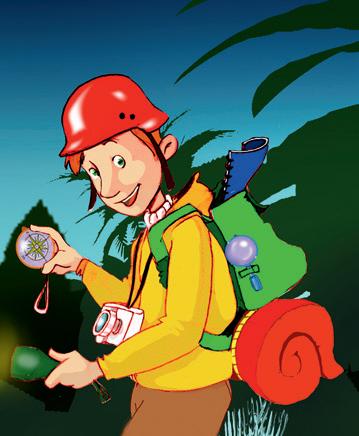


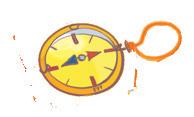
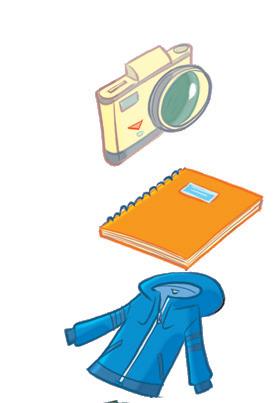
bene benissimo così
così
Quella più facile è stata:
Quella più divertente è stata:
Quella più difficile è stata:
perché
Il compagno/La compagna con cui preferisco lavorare in coppia è
perché
Il mio gruppo ideale per lavorare in inglese è composto da:


















Il sound game è un’attività...
utile divertente noiosa non so a che cosa serva
Affirmative form Negative form
I can…
You can…
He/She/It can…
We can…
You can…
They can…
I can’t…
You can’t…
He/She/It can’t…
We can’t…
You can’t…
They can’t…
1 Write the negative form.
1 I can fly.
2 We can swim.
3 They can jump.
4 You can run.
Interrogative form
Can I…?
Can you…?
Can he/she/it…?
Can we…?
Can you…?
Can they…?
Affirmative
Yes, I can.
Yes, you can.
Yes, he/she/it can. Yes, we can.
Yes, you can. Yes, they can.
5 A parrot can walk.
6 It can dance.
7 Monkeys can talk.
8 She can sing.
Can I speak English?
No, I can’t. No, you can’t. No, he/she/it can’t. No, we can’t. No, you can’t. No, they can’t.

2 Write the interrogative form and complete the short answer.
1 Mowgli can talk.
Yes, I can.
? Yes, .
2 Butterflies can sing. ? No, .

3 A lizard and an iguana can fly.
? No, .
4 A bat can swim. ? No, .
5 A mosquito can jump. ? Yes, .
6 A bear and a jaguar can swim. ? No, .

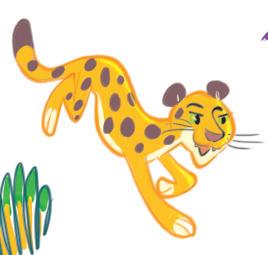




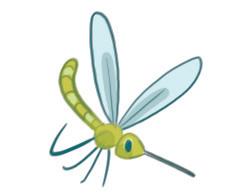
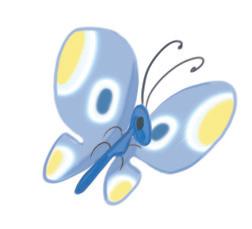

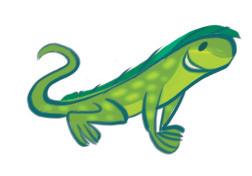

It’s got four legs.
It’s got fur and whiskers.


It can run and jump.
It doesn’t like fruit.
It’s got claws.
It’s yellow and black.
It hasn’t got a short tail.
It’s got scales.
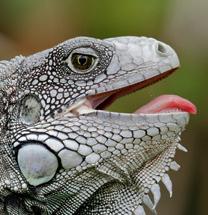
It’s got four legs.
It can run.
It likes insects.
It’s yellow or green.
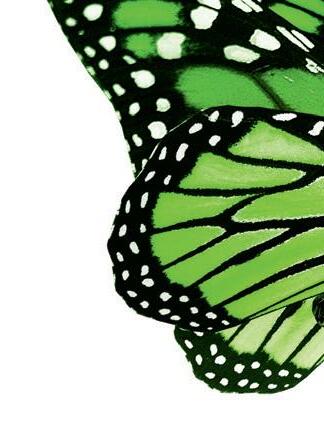
It hasn’t got a trunk.
It’s got feathers.

It can fly and jump.
It can’t run.
It likes fruit.
It can be all the colours of the rainbow.
4 Answer.
1 Has it got four legs?
2 Has it got feathers?
3 Has it got scales?
4 Can it fly?
5 Can it run?
6 Does it like fruit?
7 Does it like meat?
8 What colour is it?
9 Is it a mammal?
5 Write the questions.
1
2
? Yes, it’s got six legs.
? No, it hasn’t got scales.
? Yes, it’s got a trunk. 4
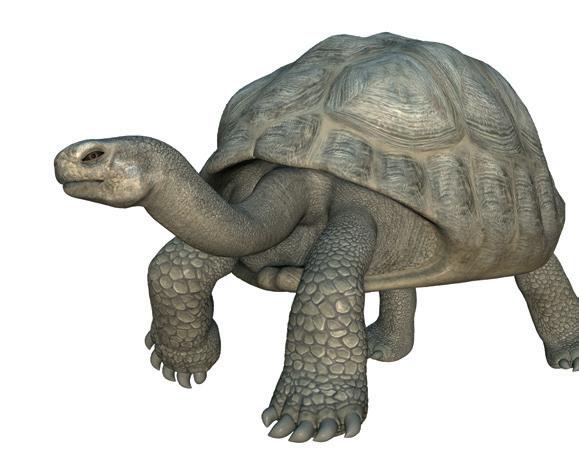
3
? Yes, it can fly. 5
? No, it can’t swim.
? Yes, it likes fish.
? No, it doesn’t like meat. 8
7
? It’s green and black. 9

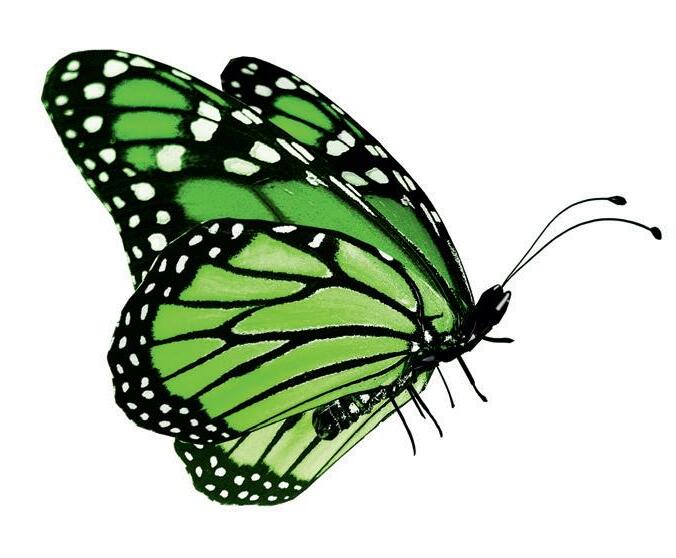
? Yes, it’s an insect.
Make a collage or draw a fantasy animal and describe it.
6 Complete the dialogue with the monkey.

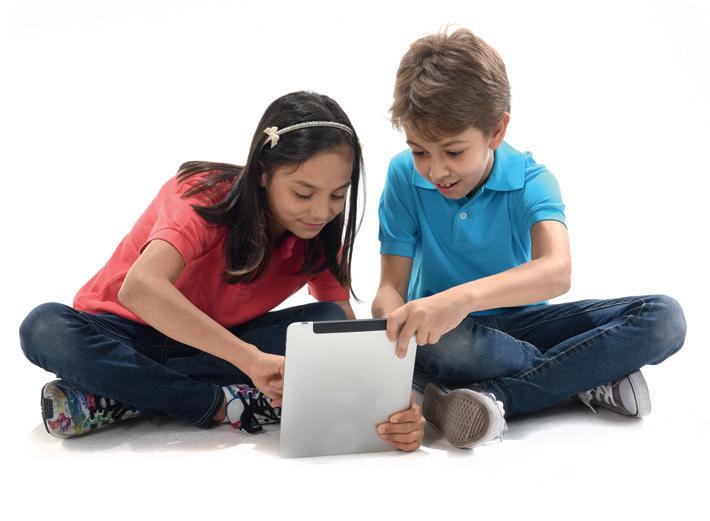

Have you got legs?
feathers?
Can you jump?
fly?
Do you like meat?
fruit?
Are you a reptile?
What colour are you?
Ho imparato…







bene benissimo così così
i nomi di nuovi animali selvaggi
i nomi delle caratteristiche degli animali
a descrivere gli animali









Ricordo i nomi degli animali che ho imparato negli anni scorsi.
FARM ANIMALS


P E T S
WILD ANIMALS
Alla fine di quest’anno di inglese, posso dire che...
sono soddisfatto di me
Ho capito quando i si legge ai...
bene ed è divertente
potrei fare meglio poco
faccio sempre molta fatica
così e così, vado un po’ a caso
Un altro anno è passato e hai imparato tante parole nuove. I real tasks sono diventati ancora più interessanti e forse hai scoperto quanto sia importante la lingua inglese nella vita di tutti i giorni e quanto sia utile per usare al meglio Internet.

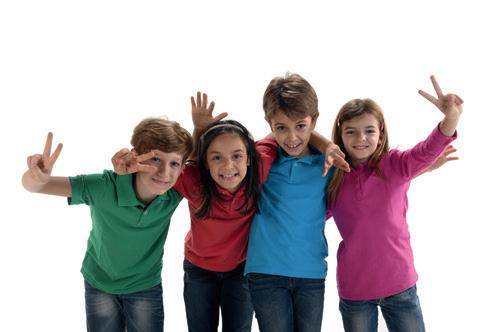
Bye-bye! See you in September!
STICK YOUR PHOTO HERE!
Il prossimo sarà l’ultimo anno di Scuola Primaria e sarà un anno entusiasmante come il tuo nuovo libro di inglese.
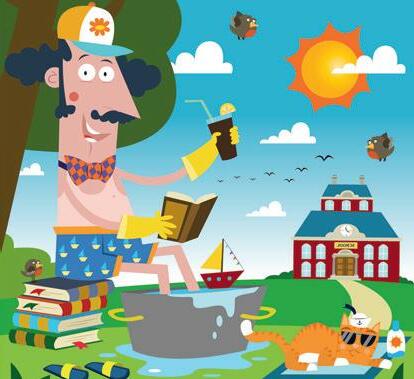
Anche quest’anno Mr Green ti chiede di descriverti, perché tu e i tuoi compagni sarete molto cambiati!
My name’s . Now I’m . I’m and . I’ve got .
My birthday is in . I like weather.
My favourite subject is . I’m excellent at , but I’m not very good at . My favourite story is .
This year my best friend is .